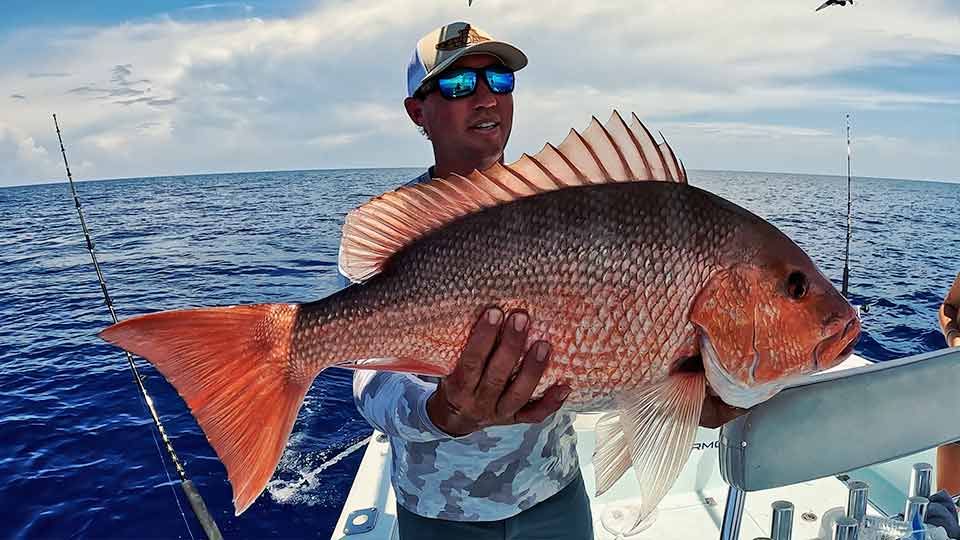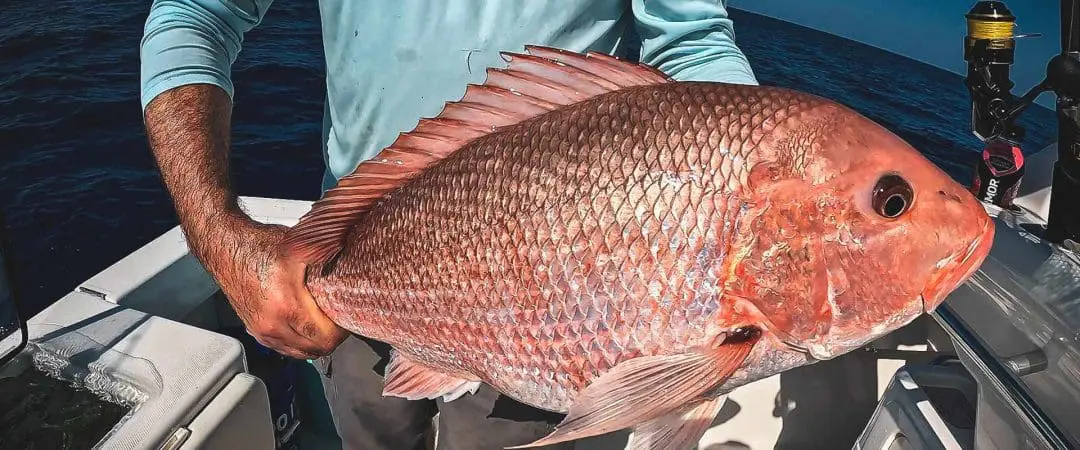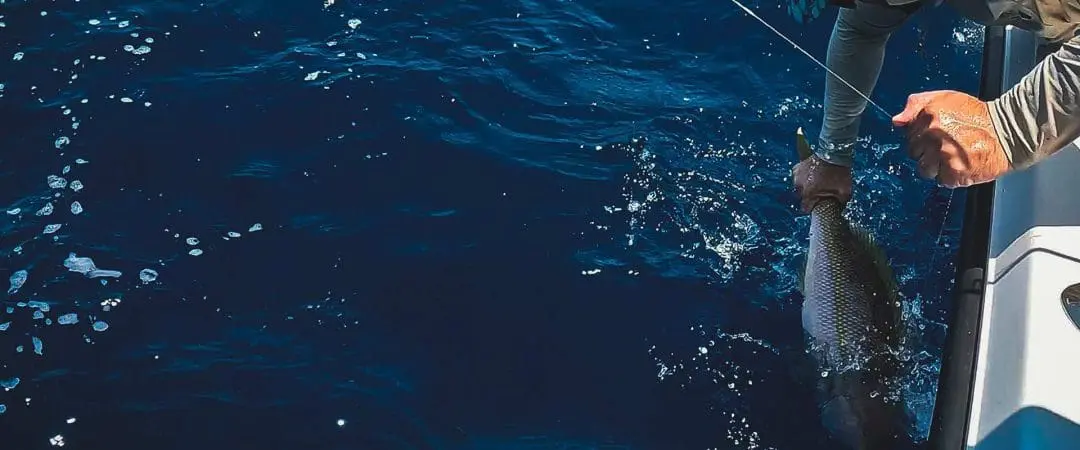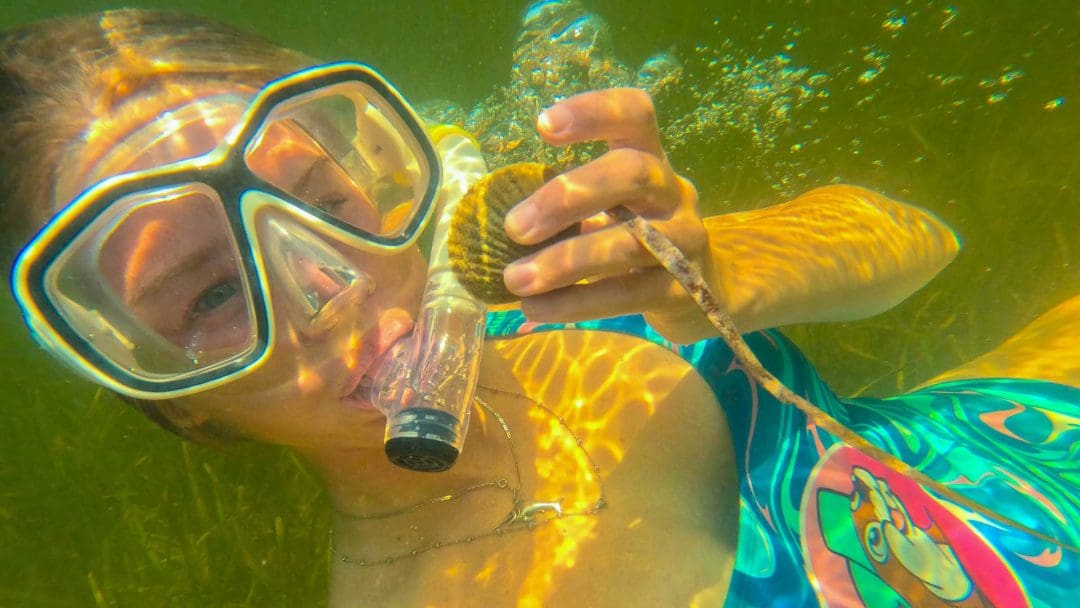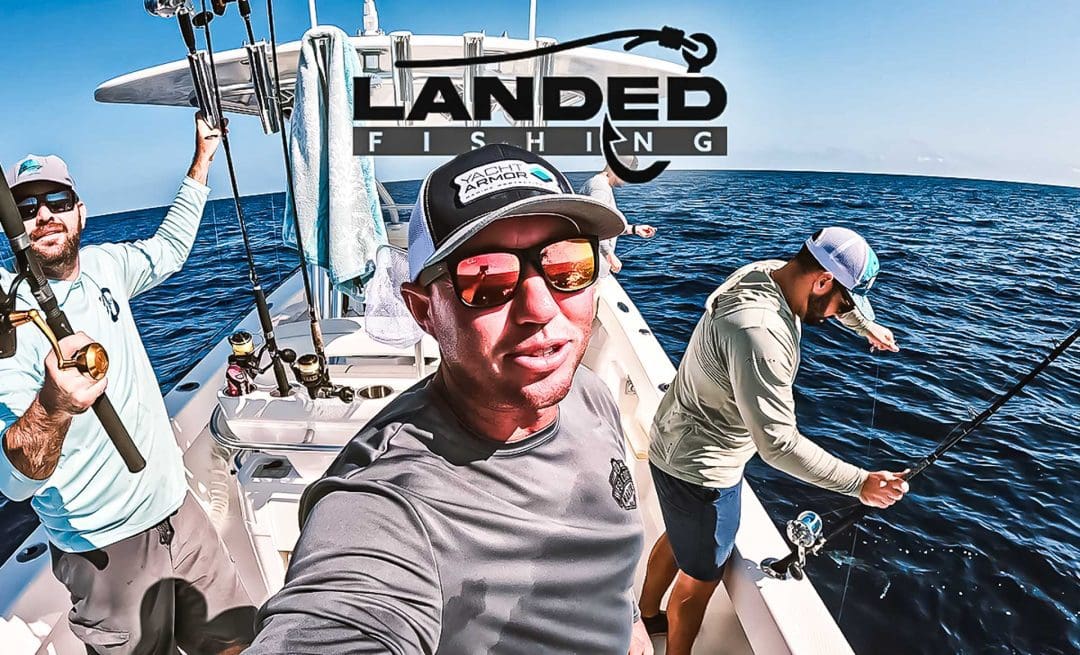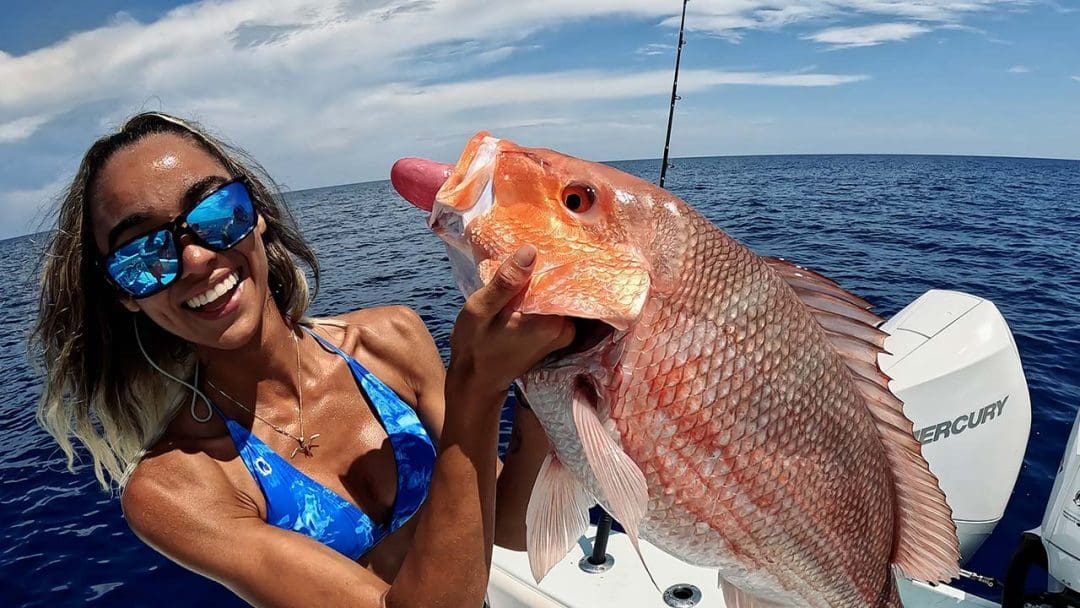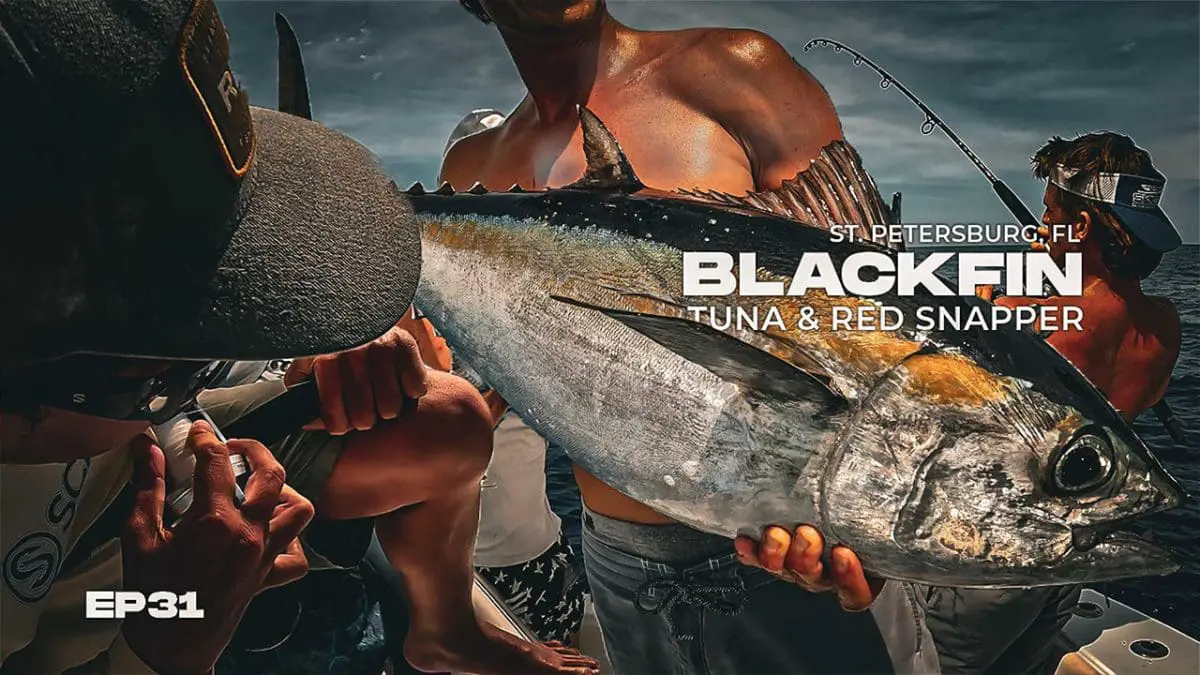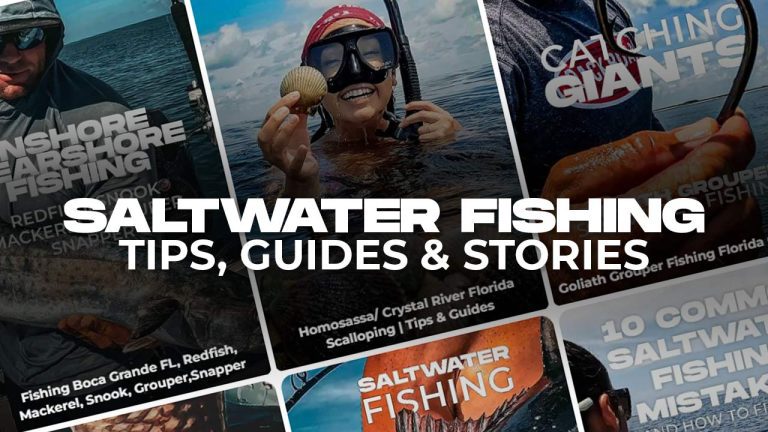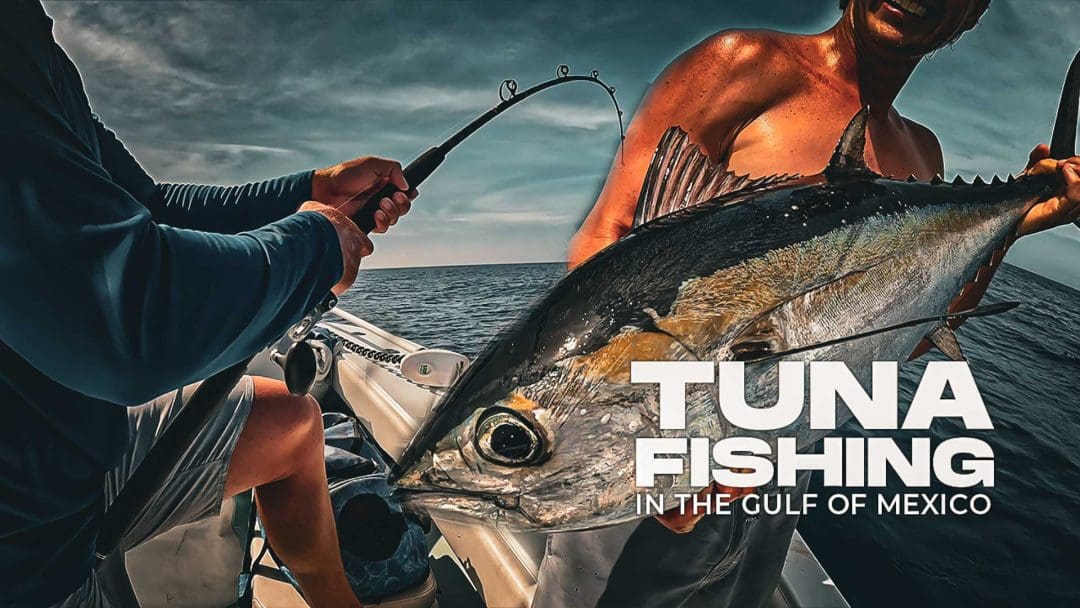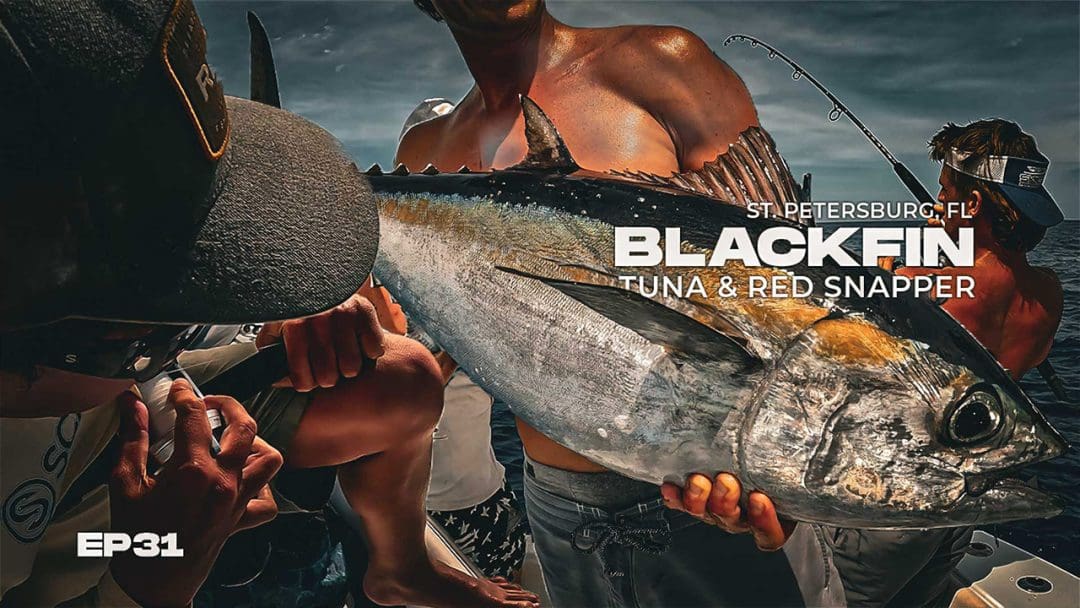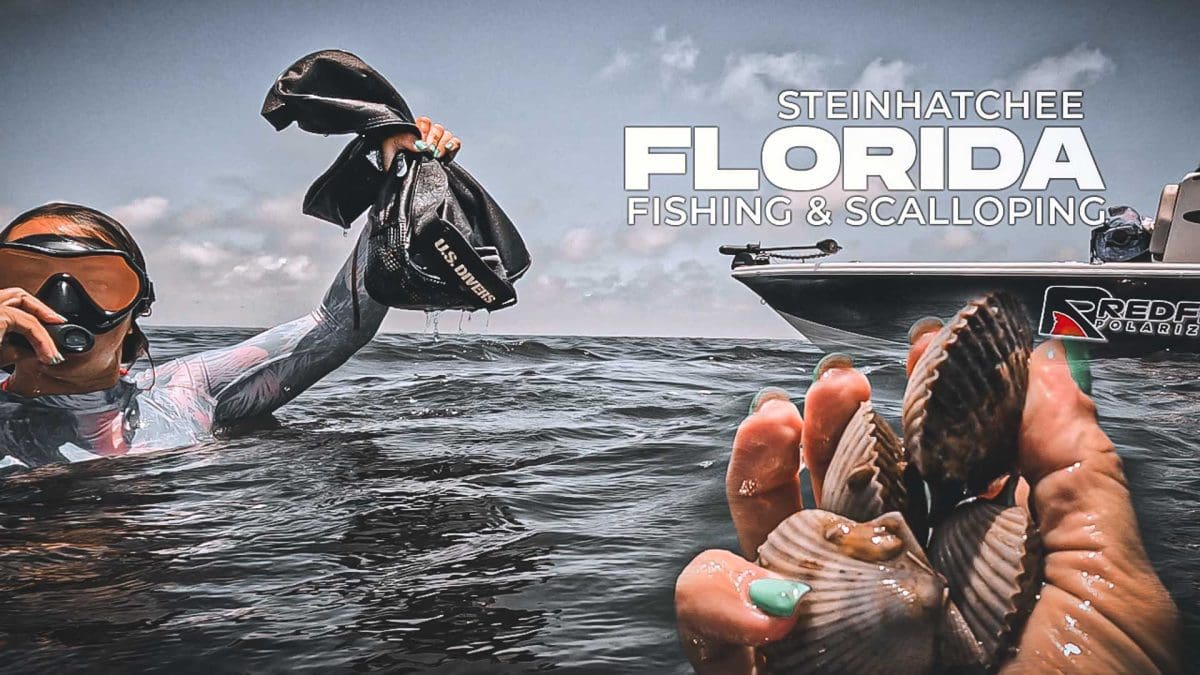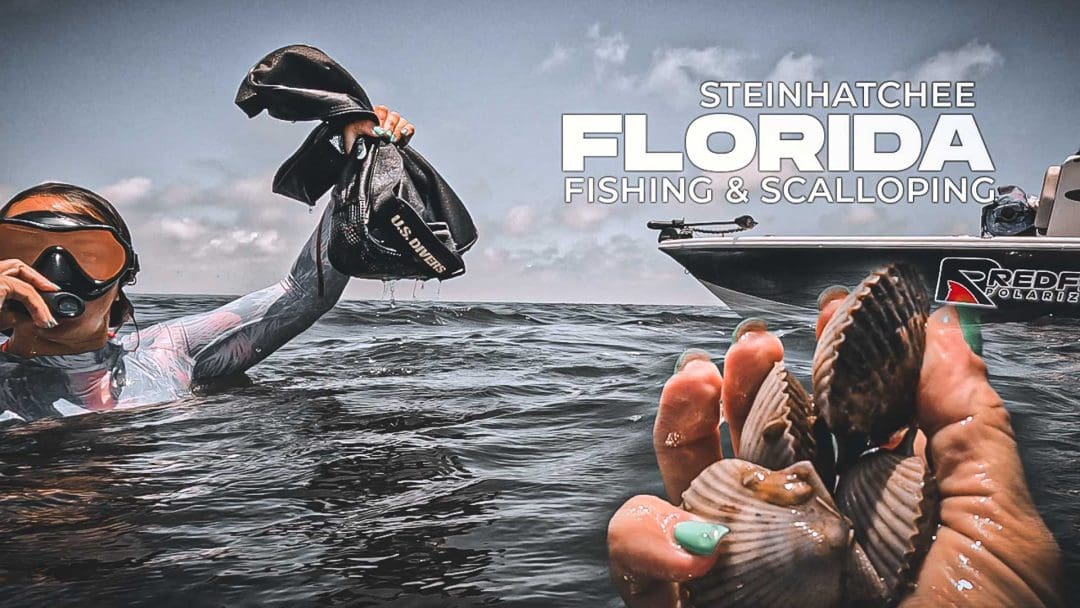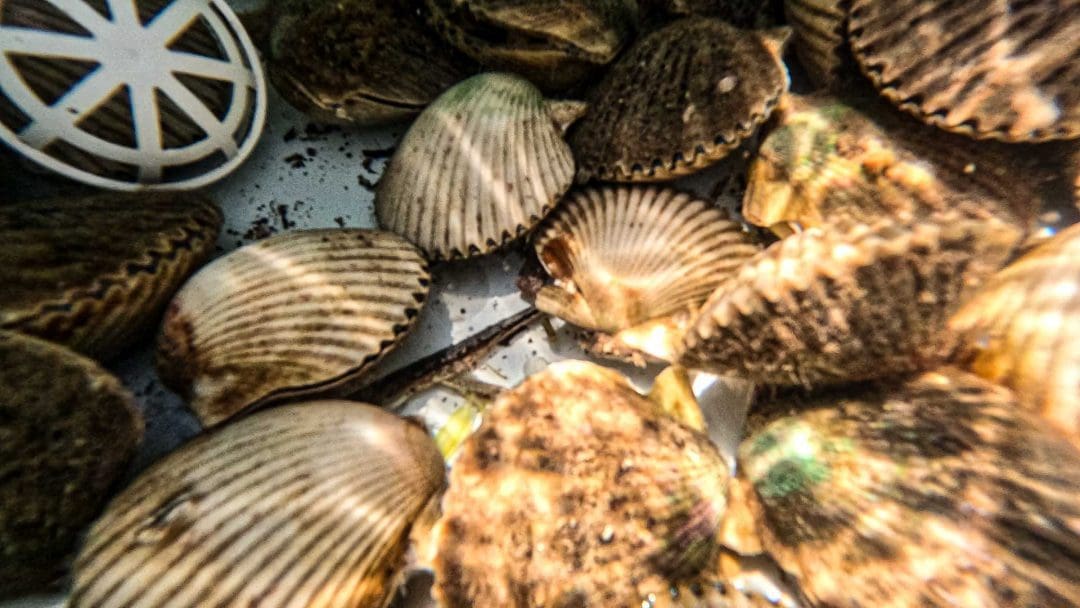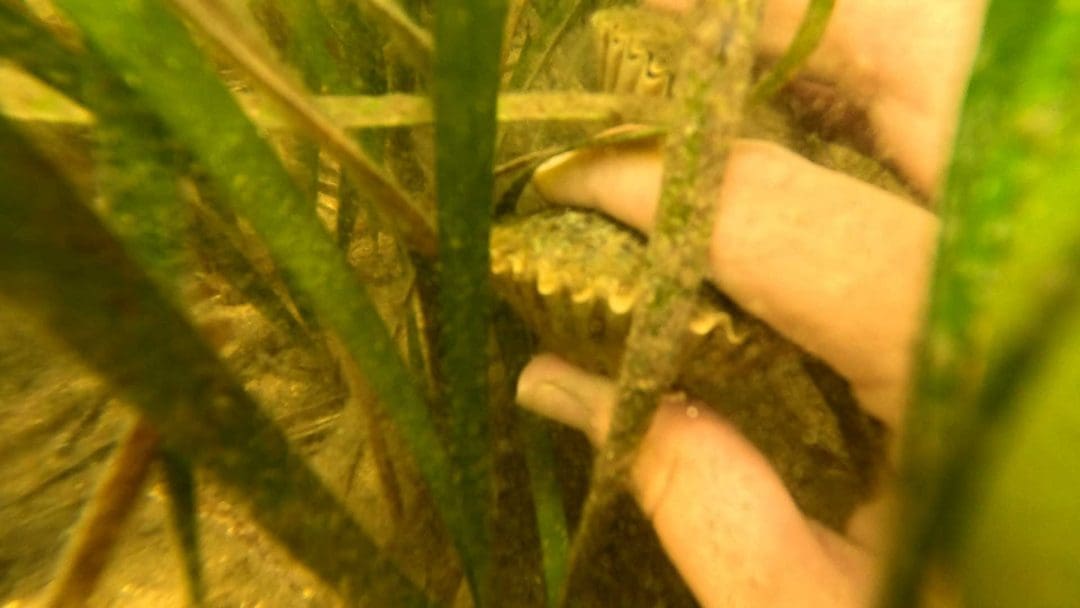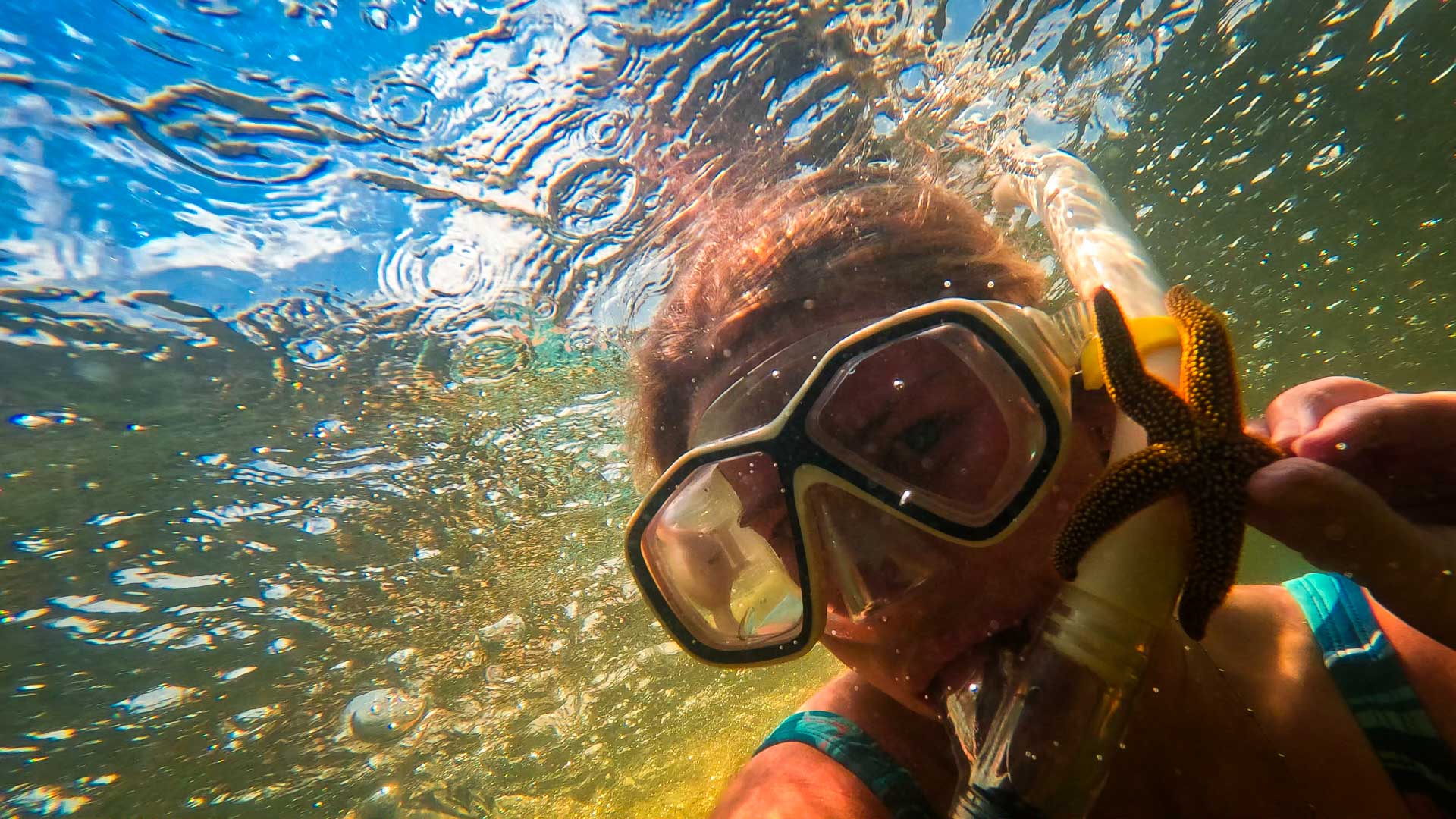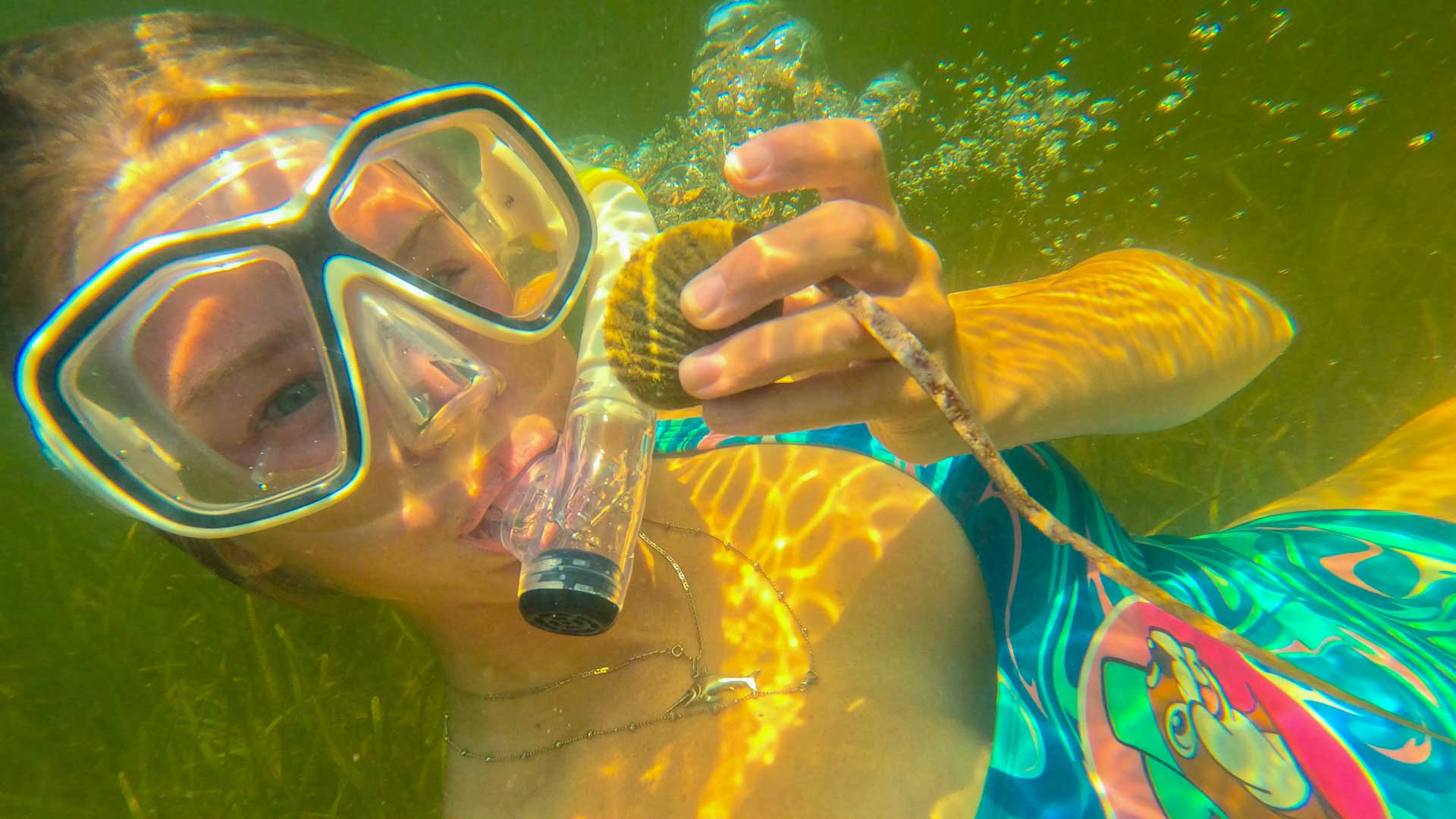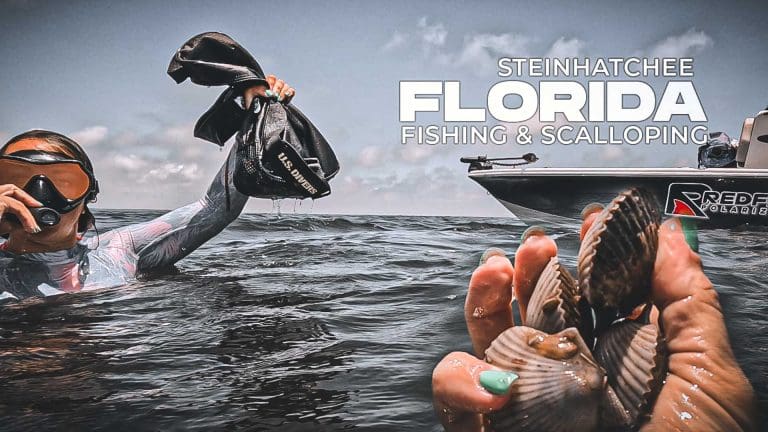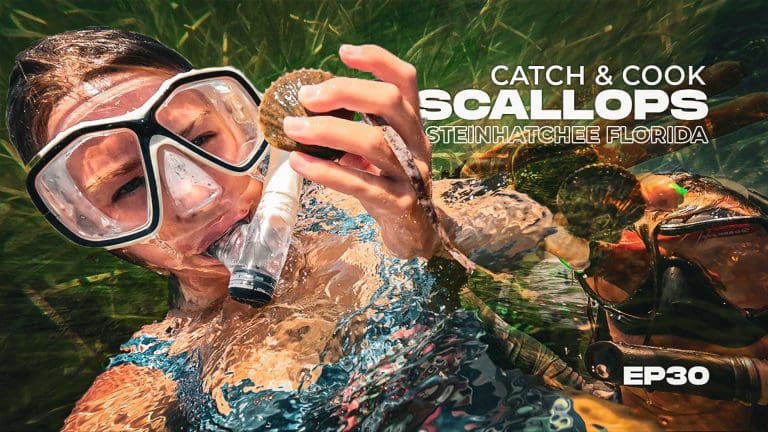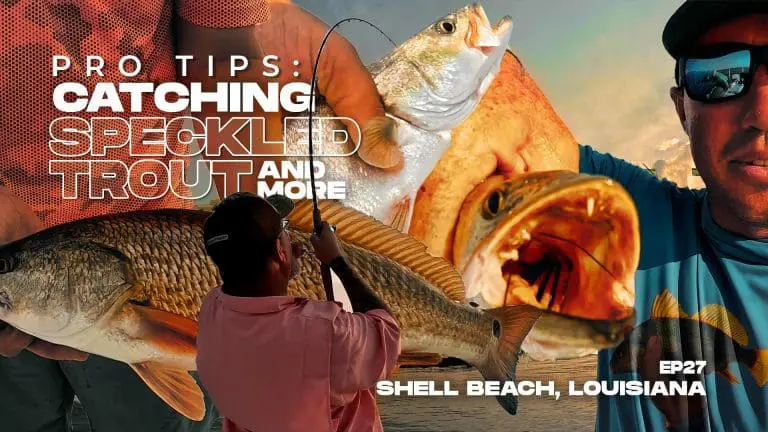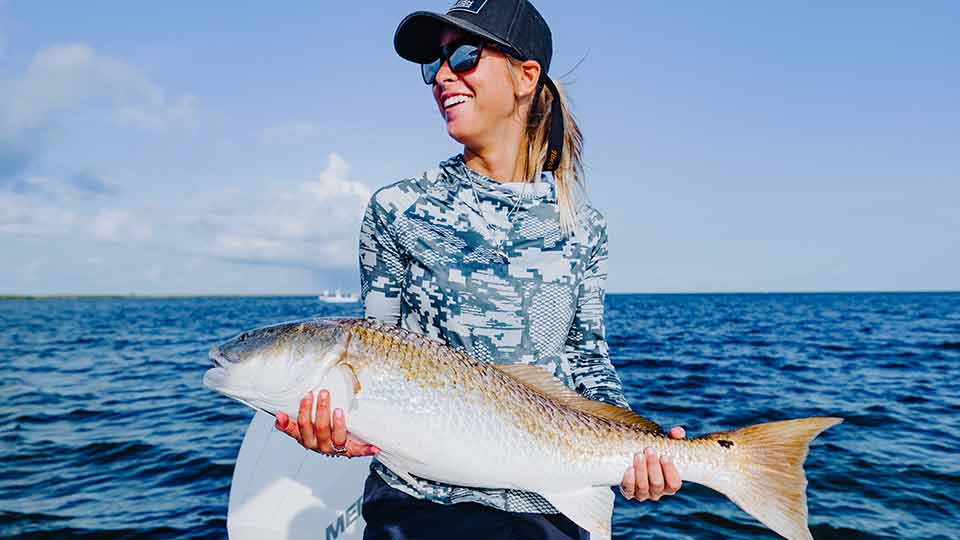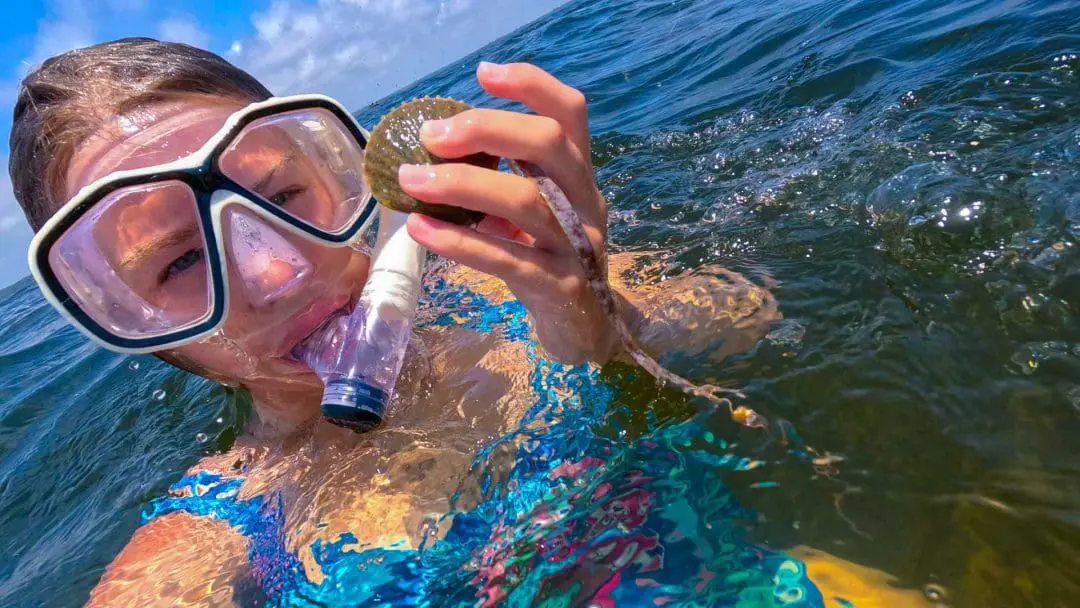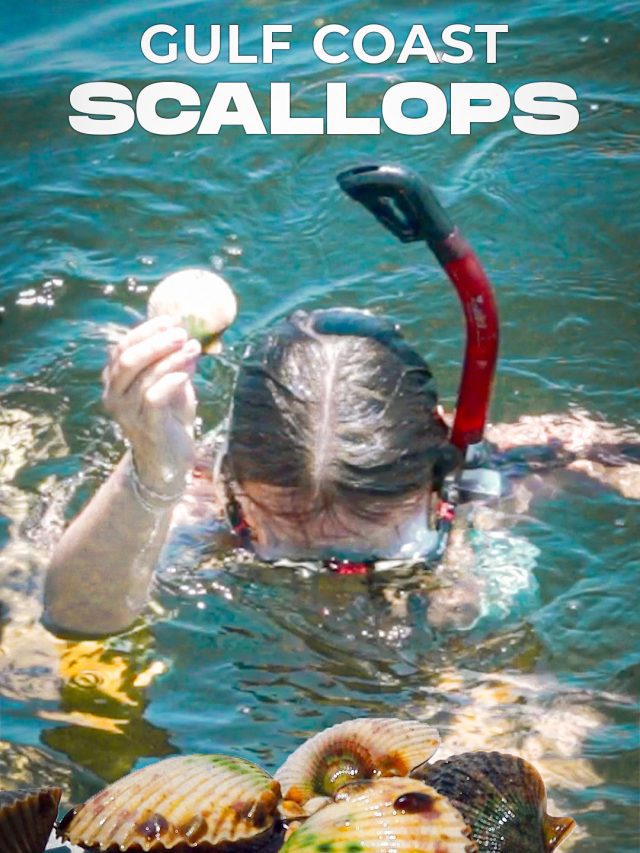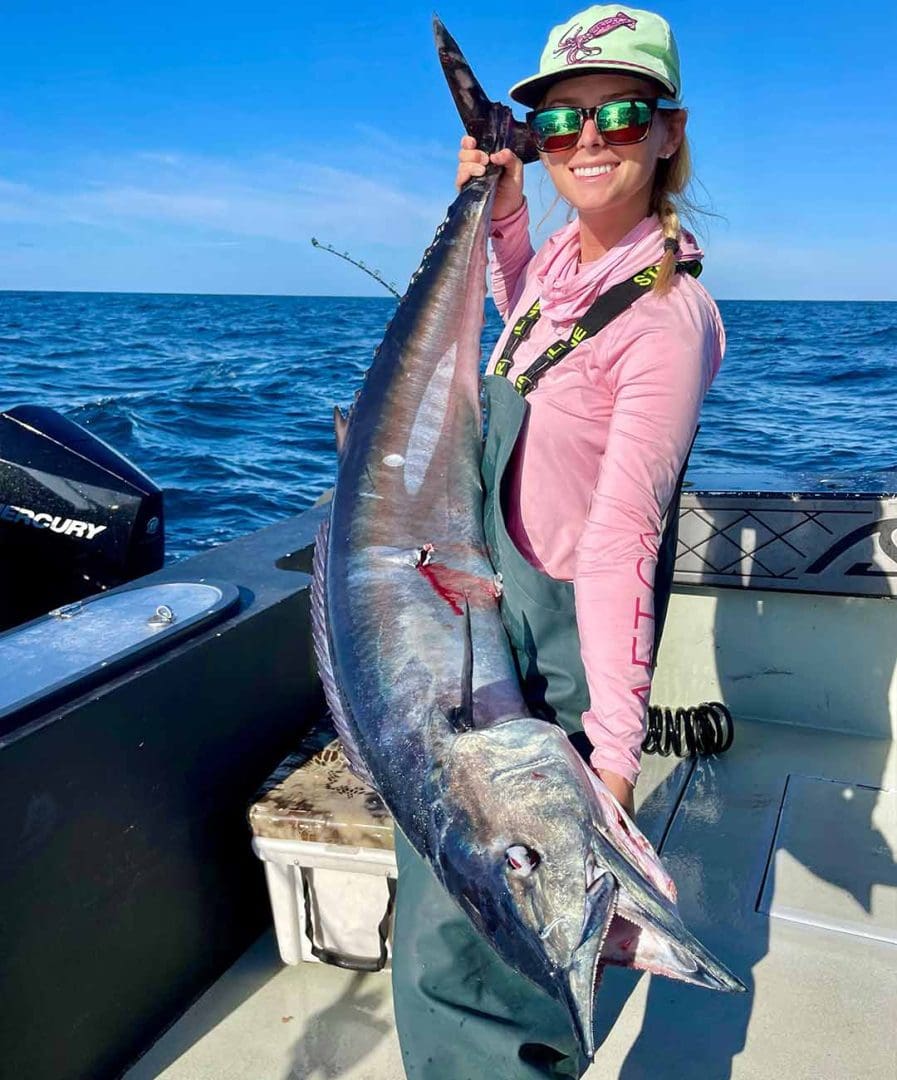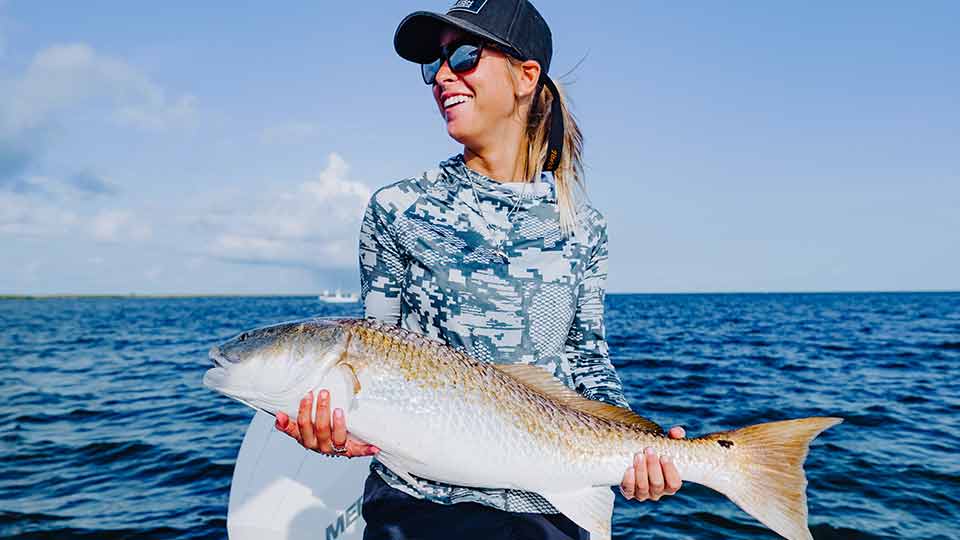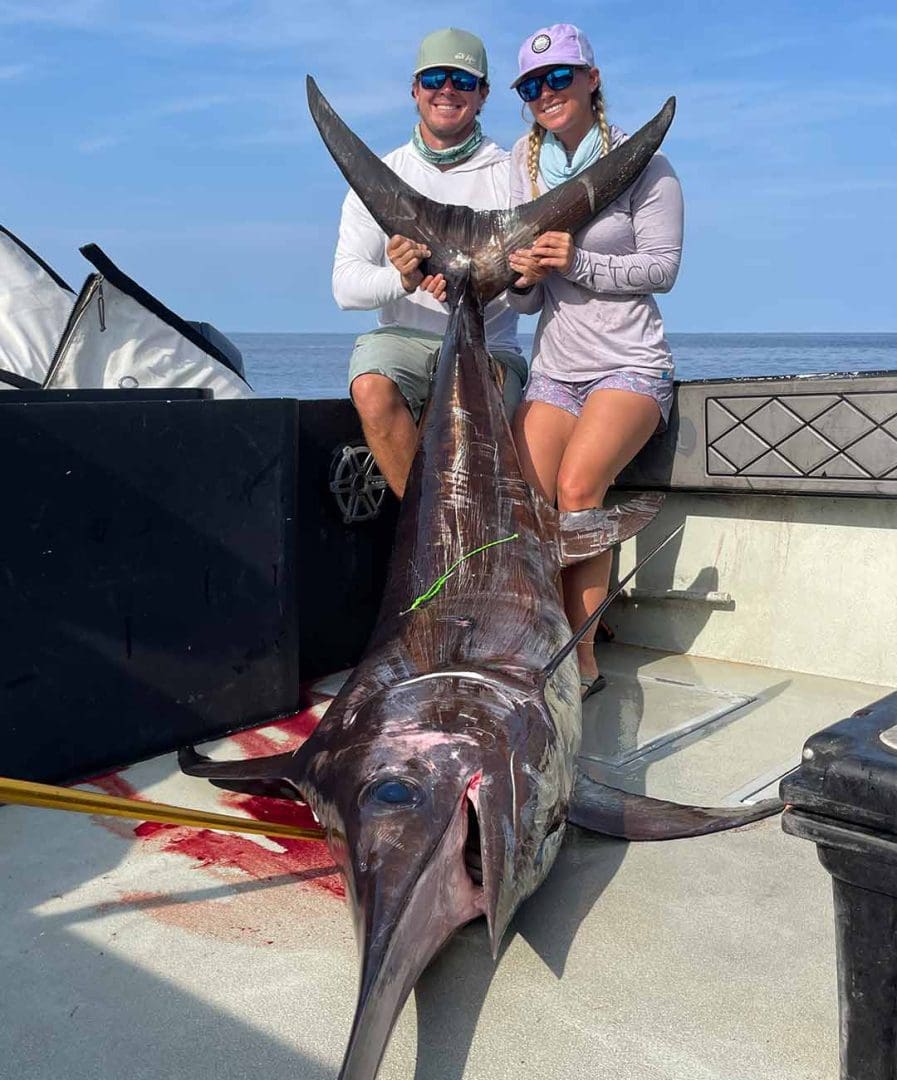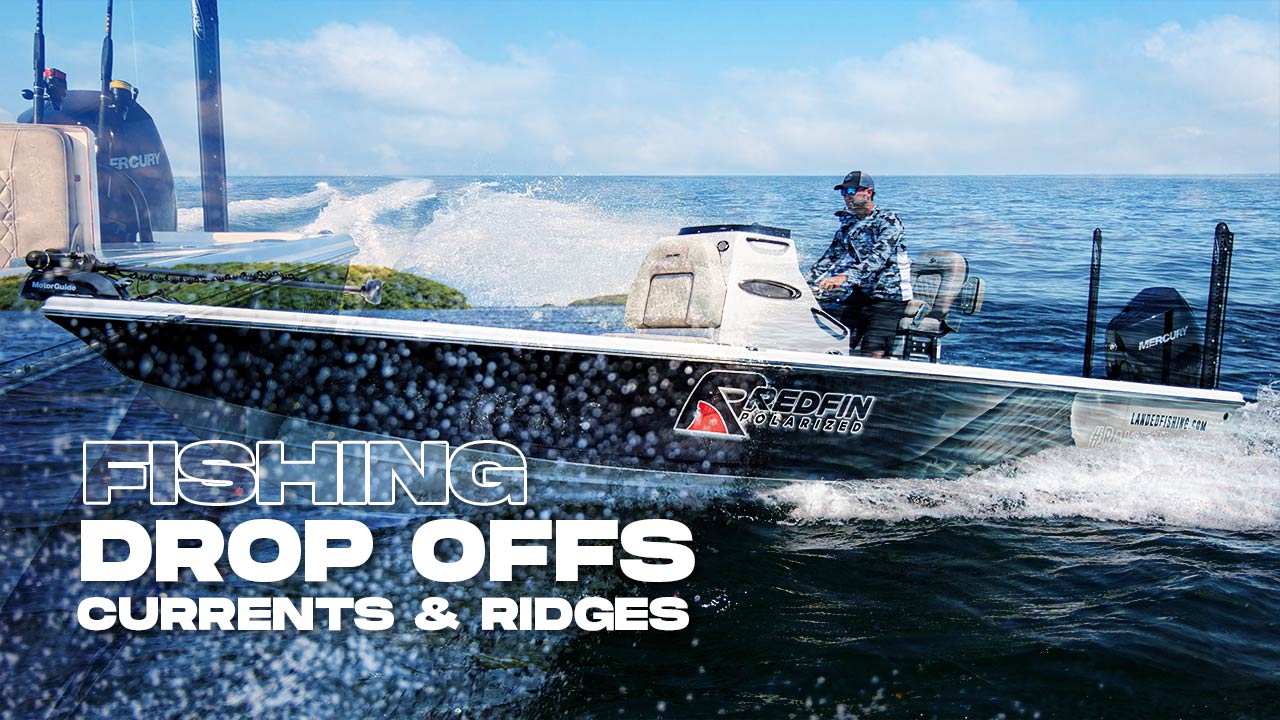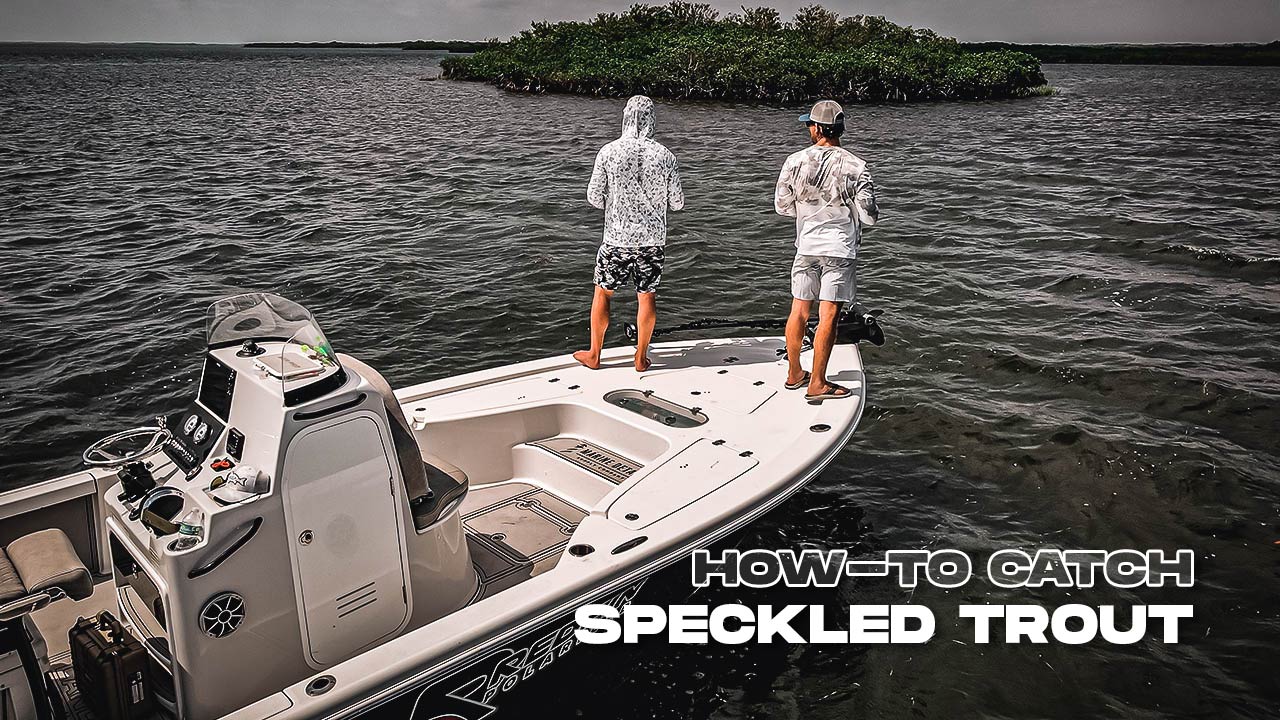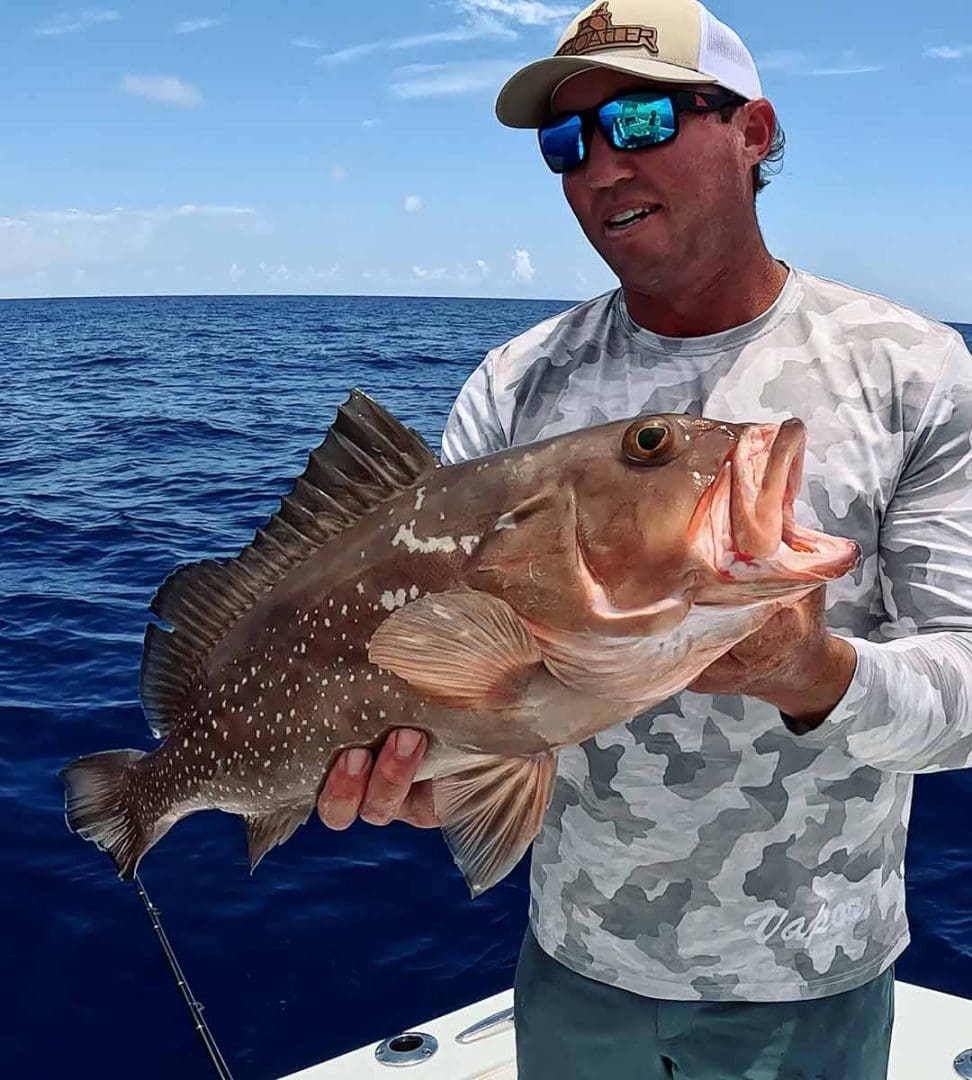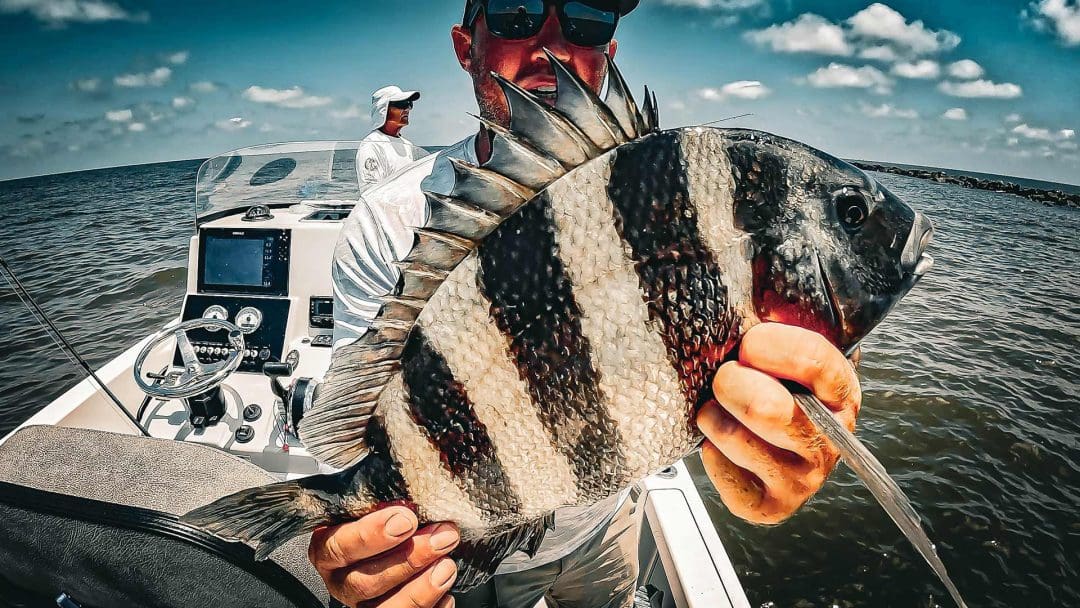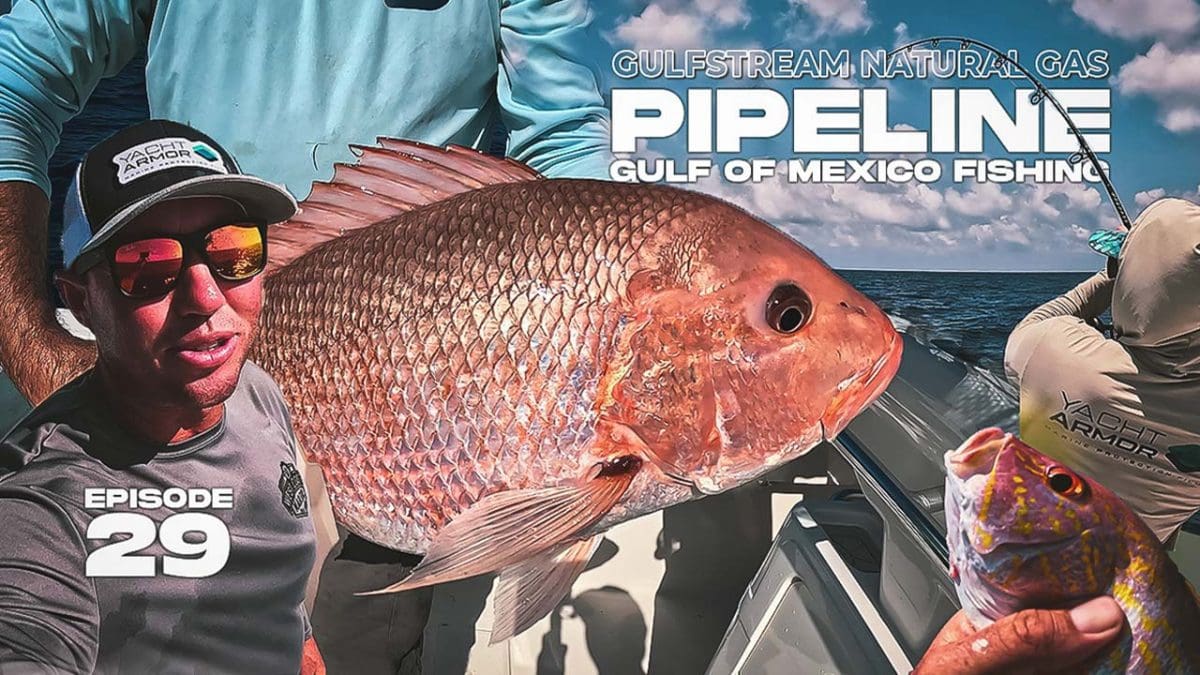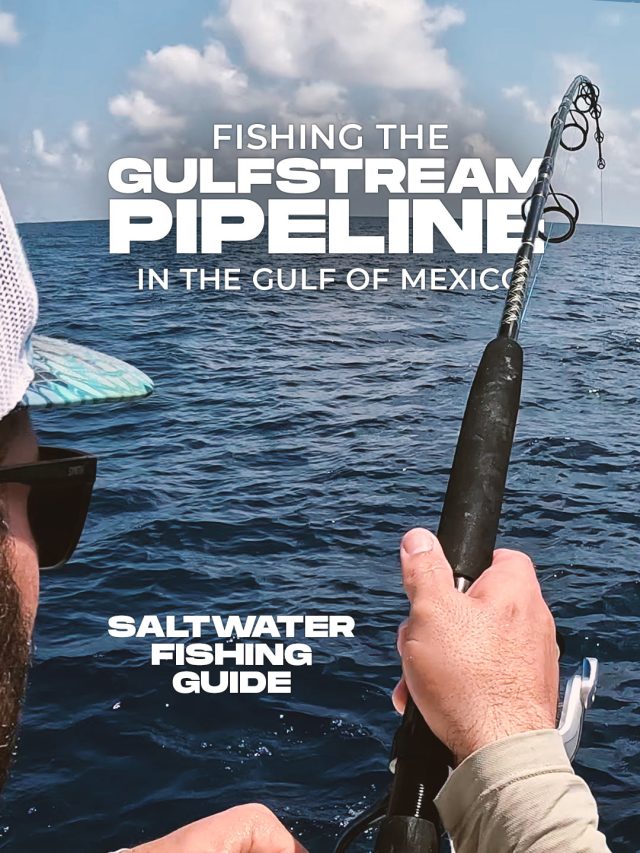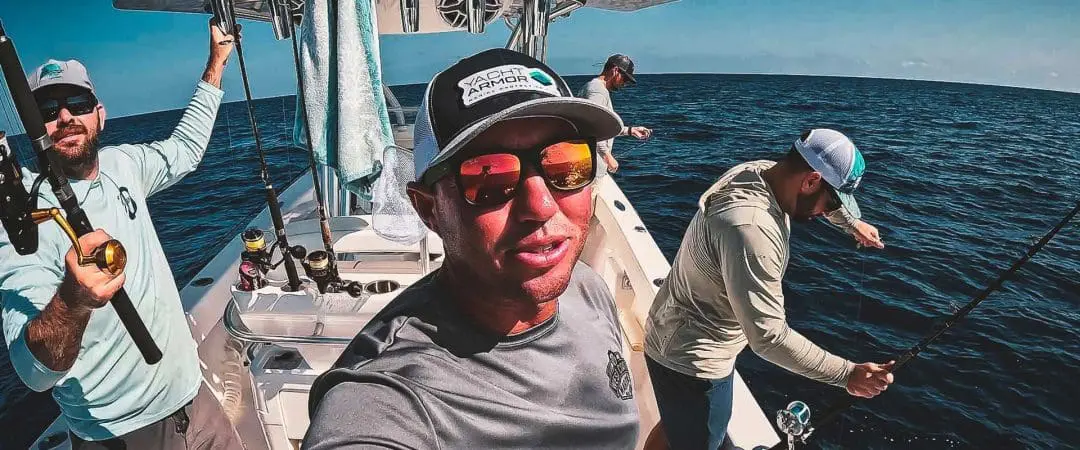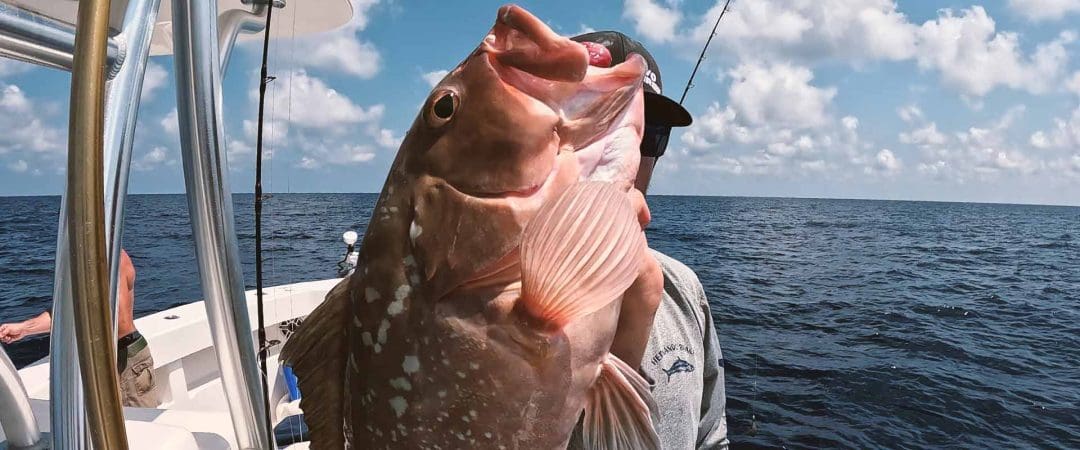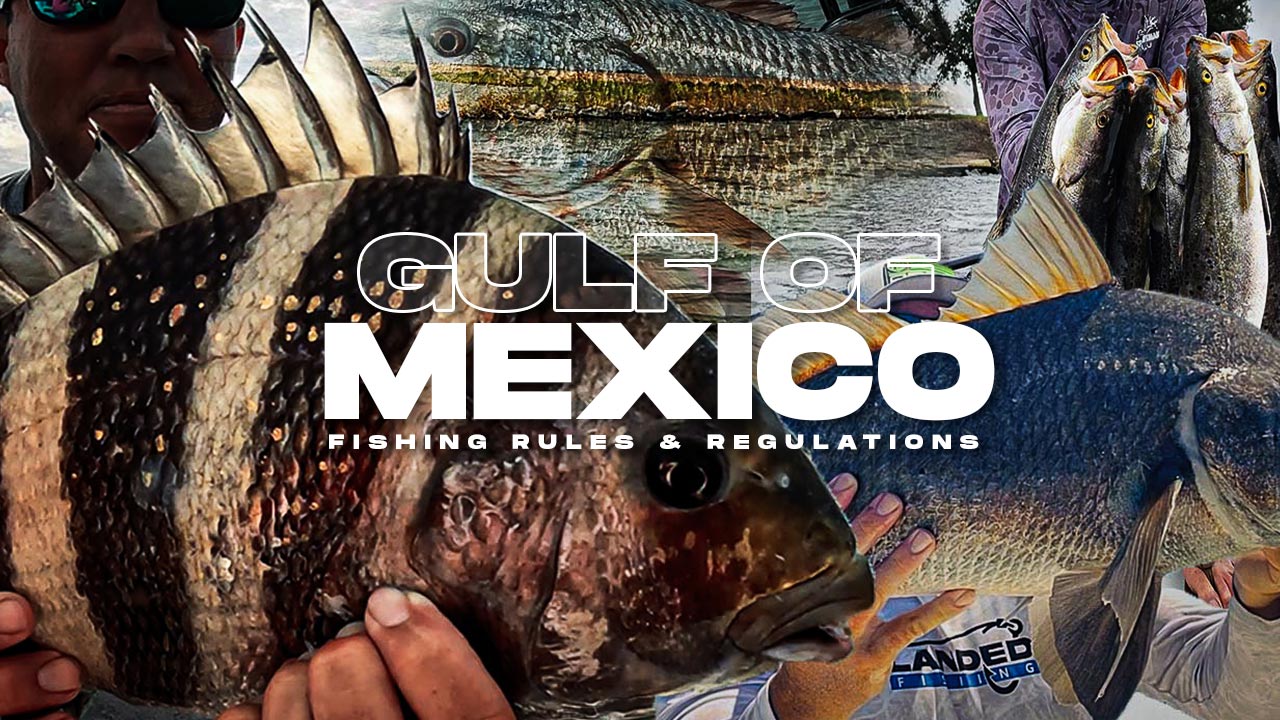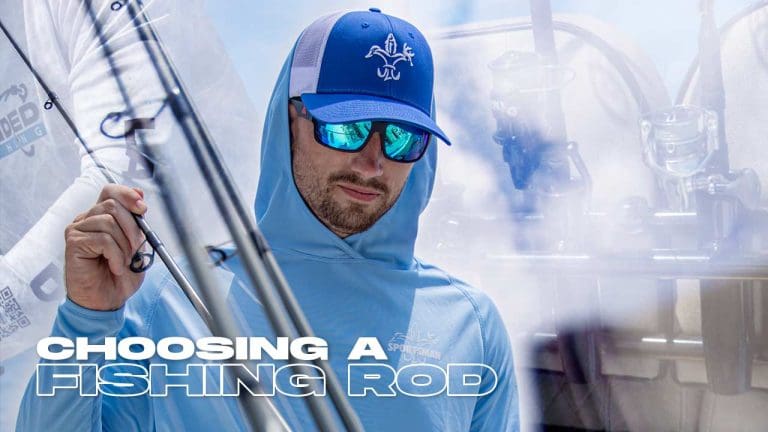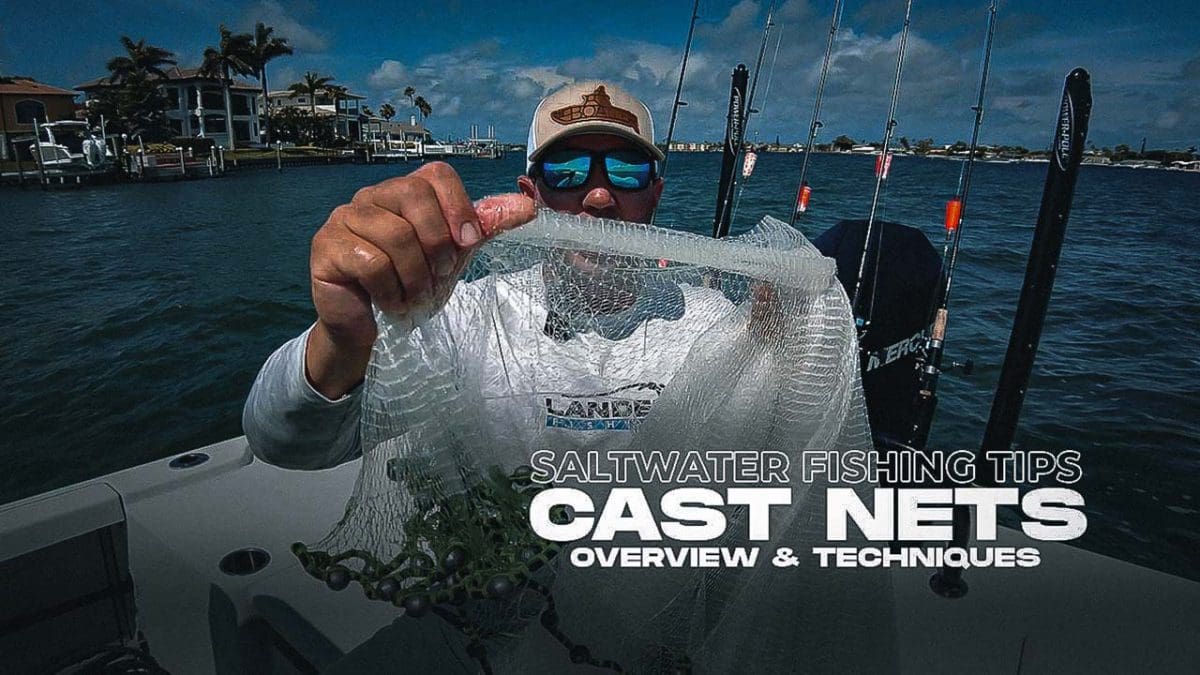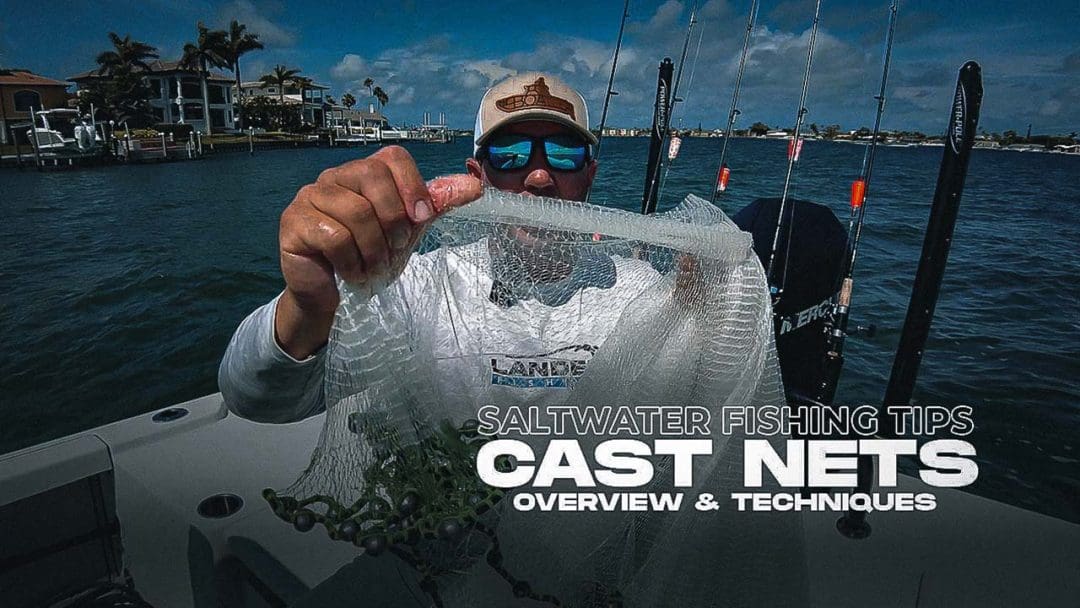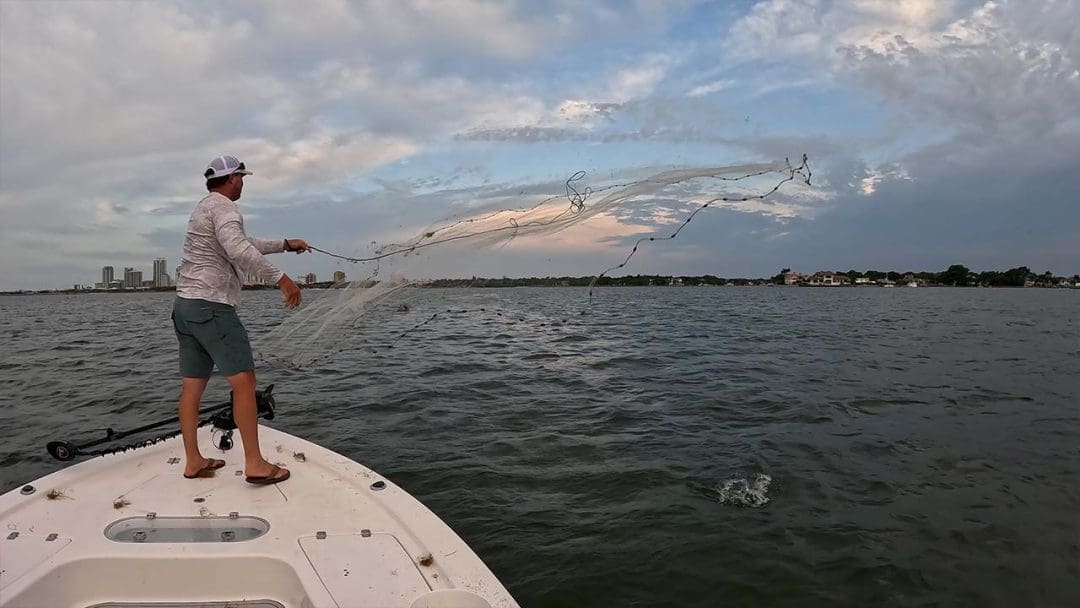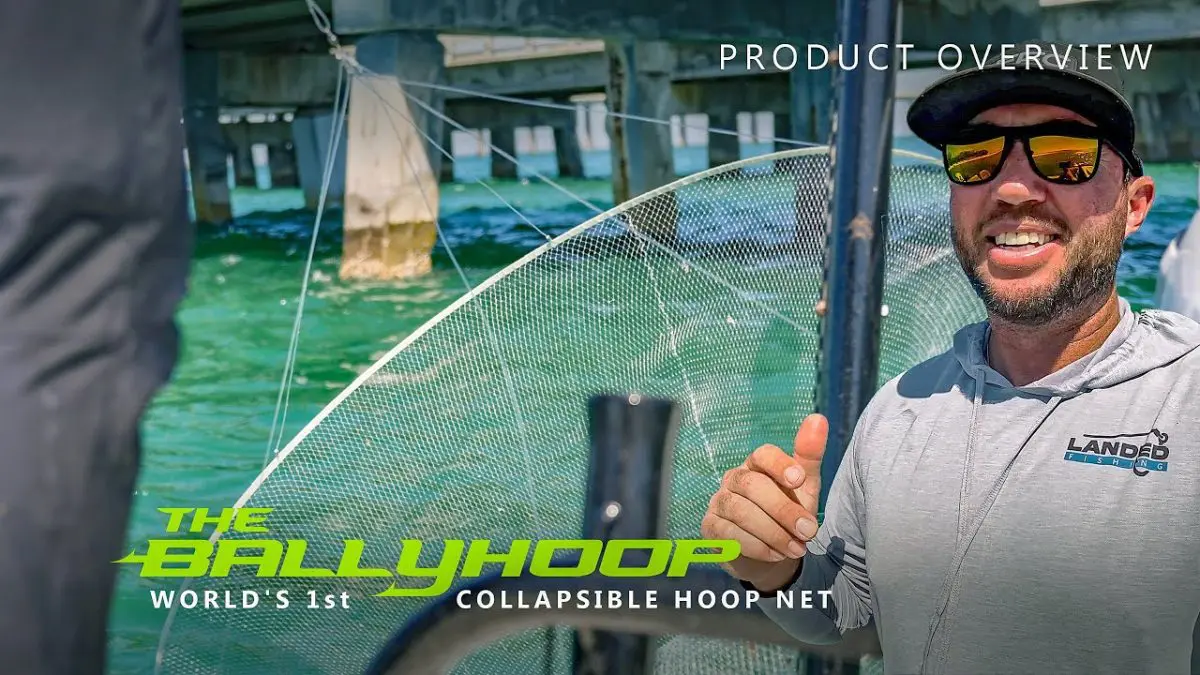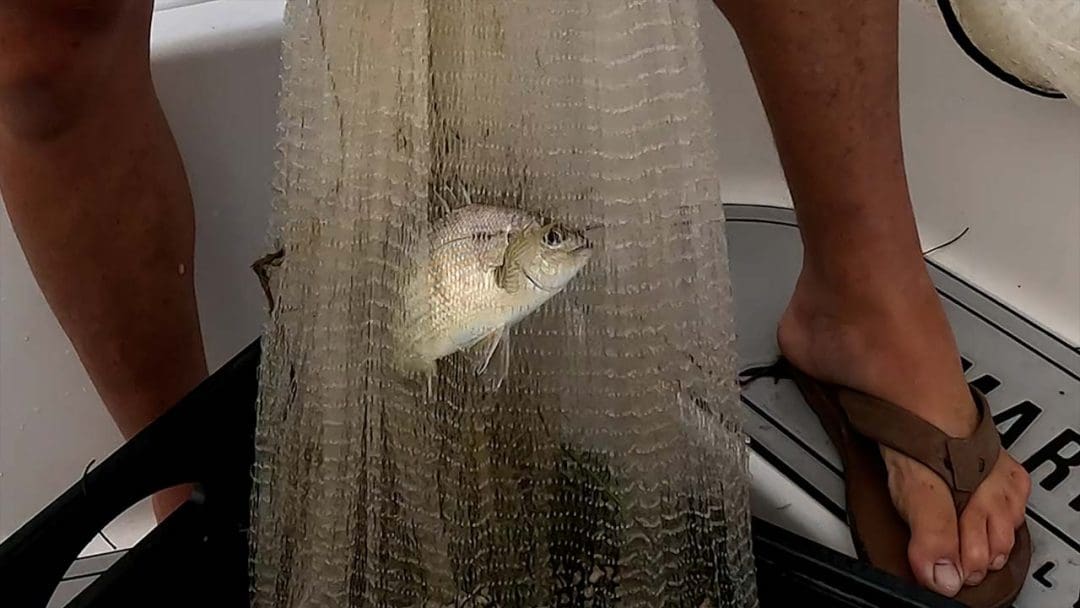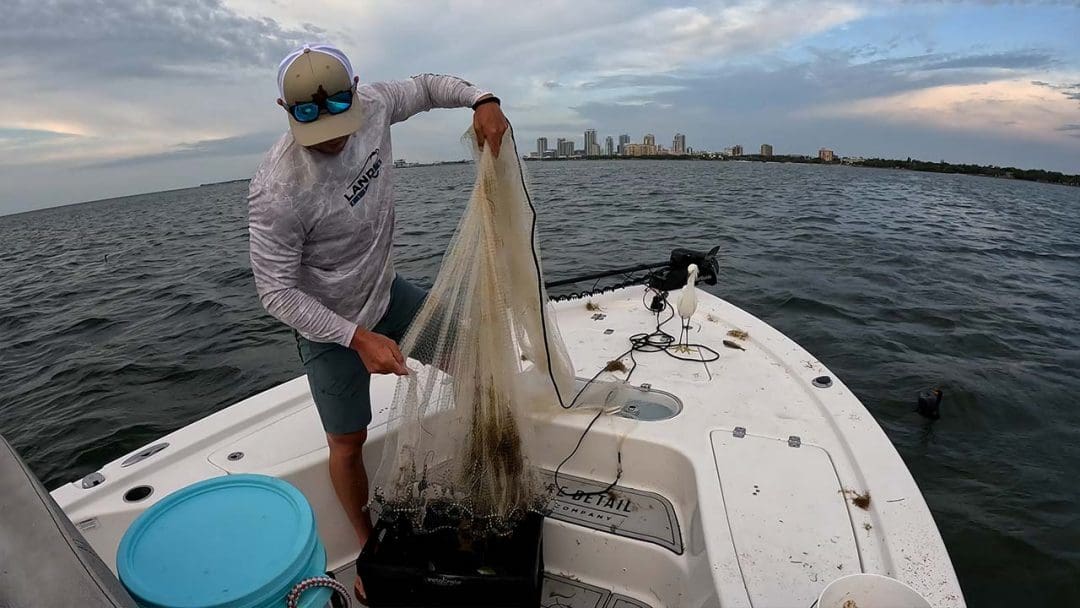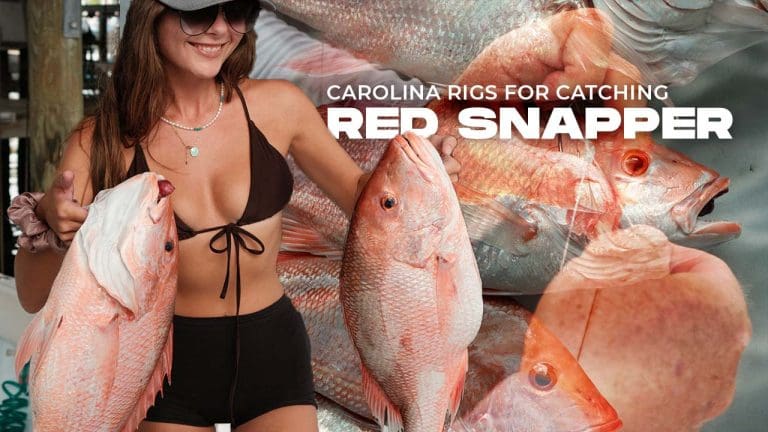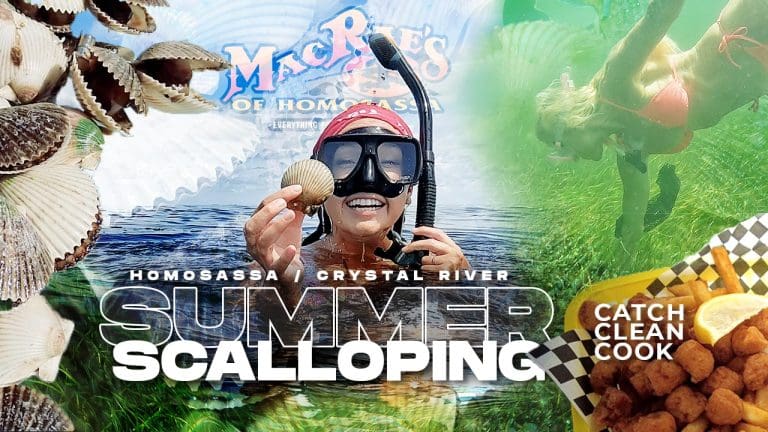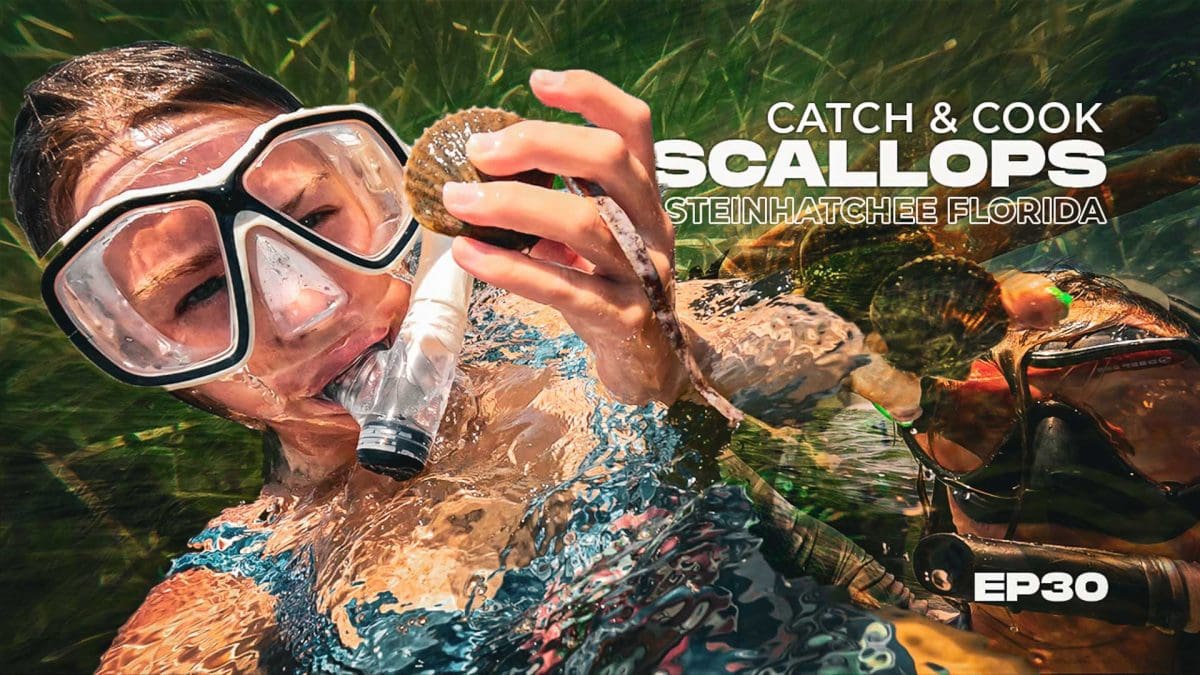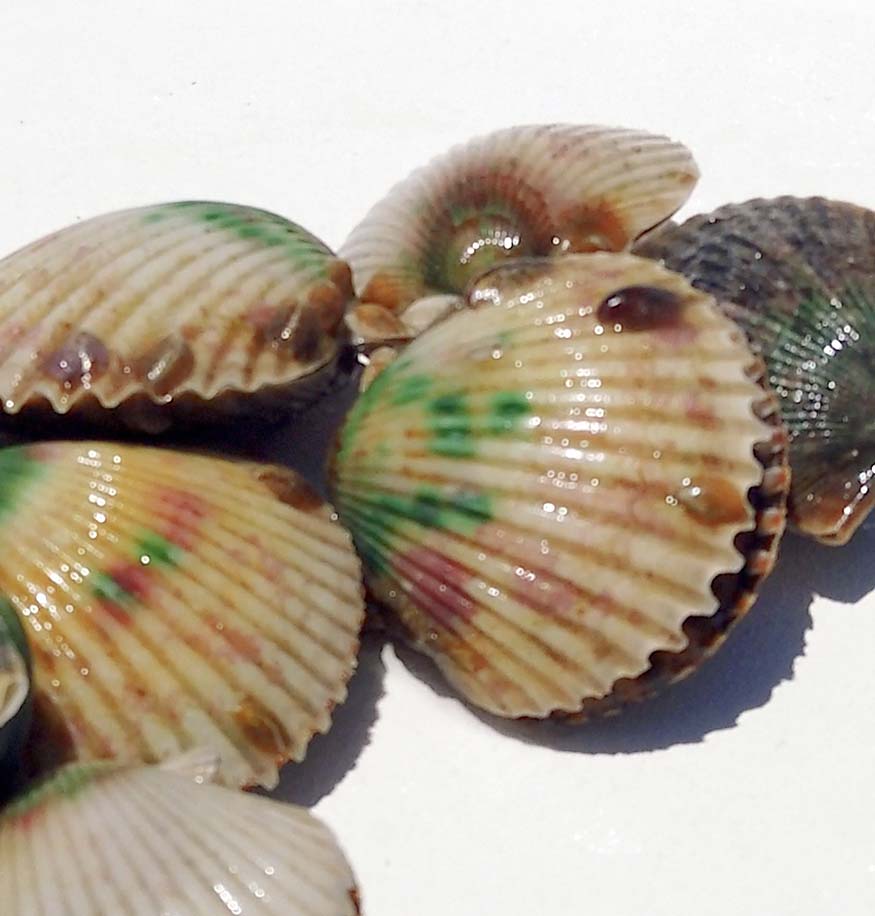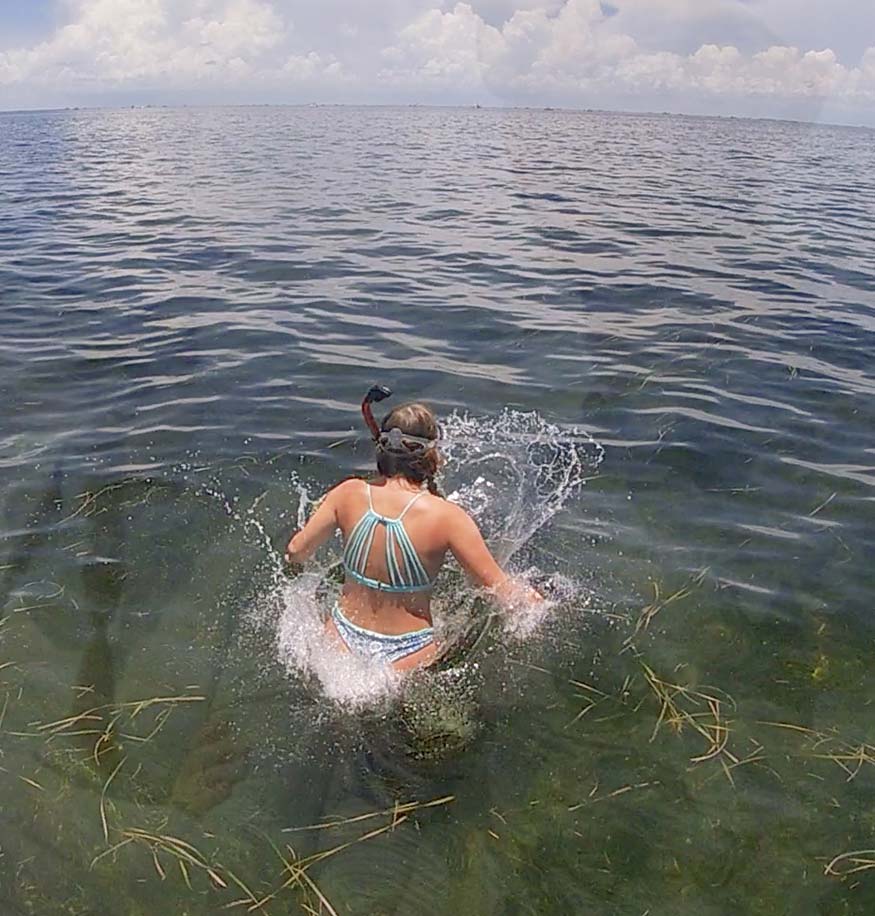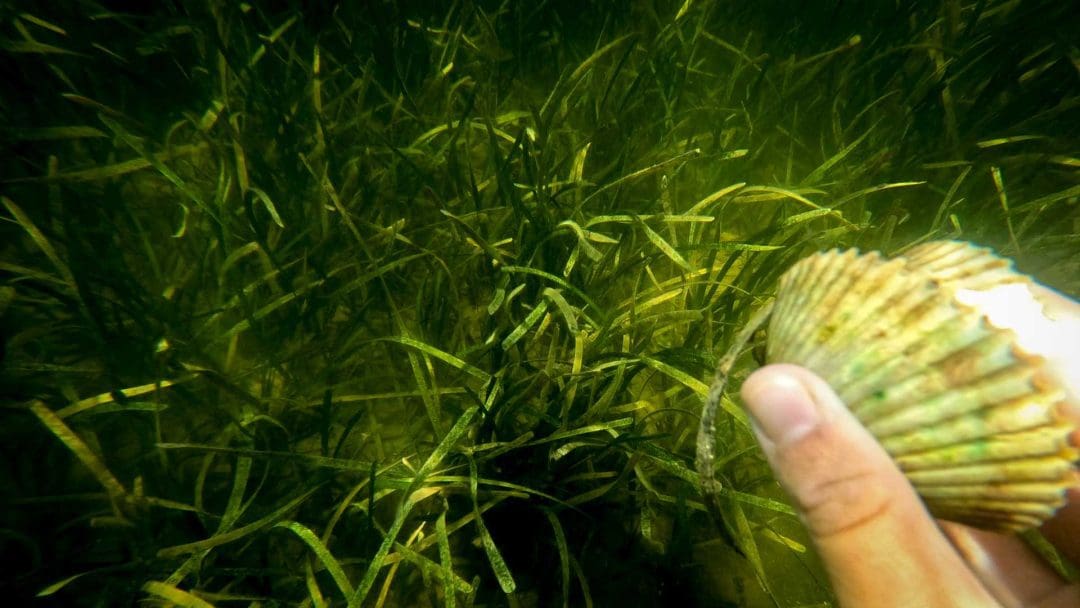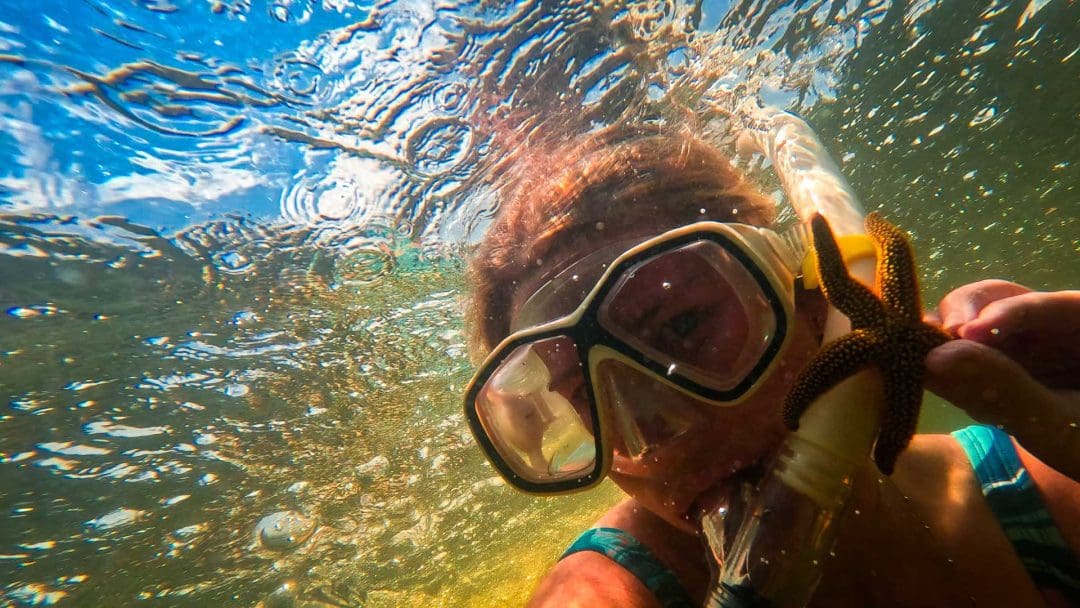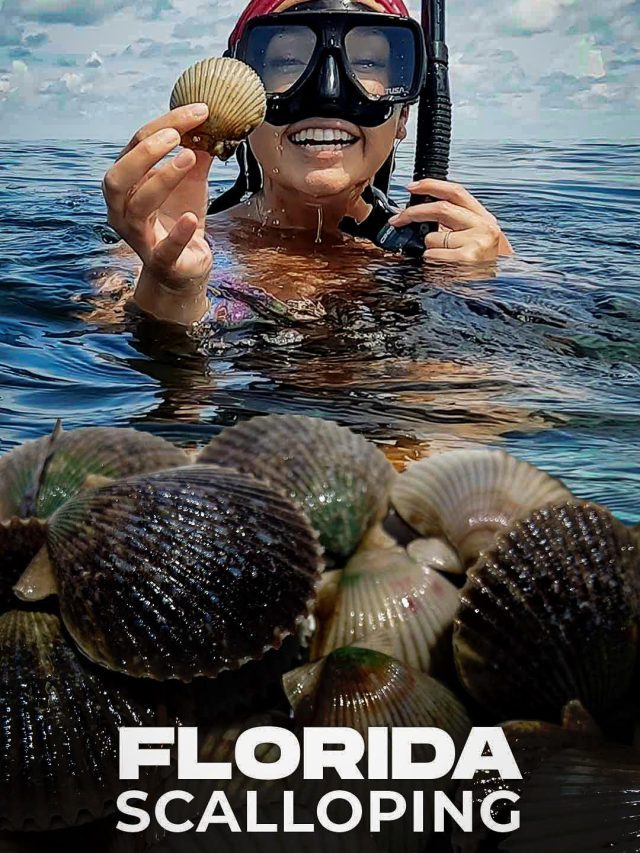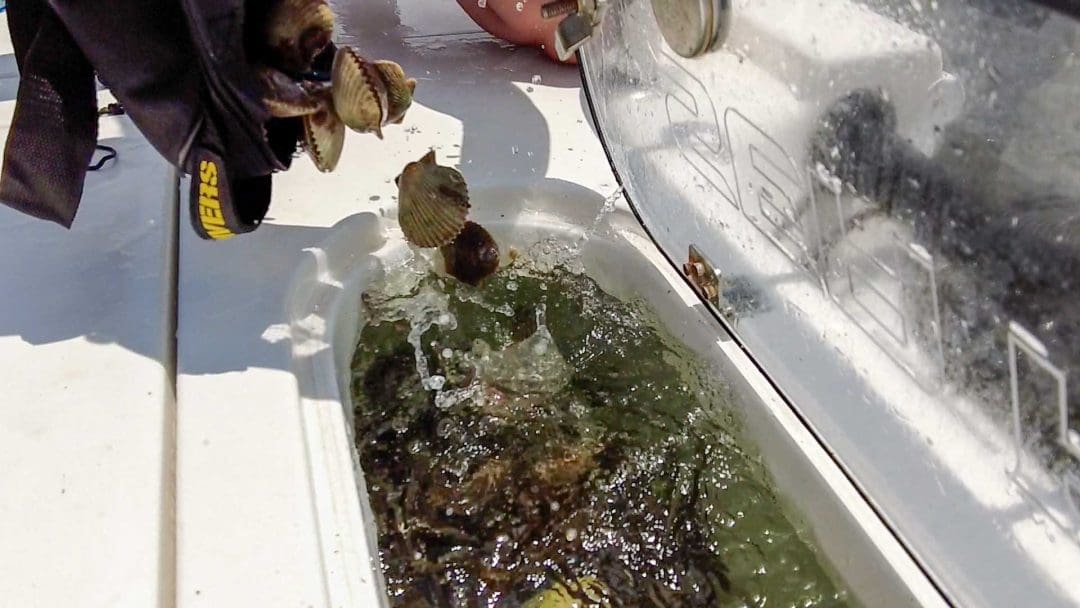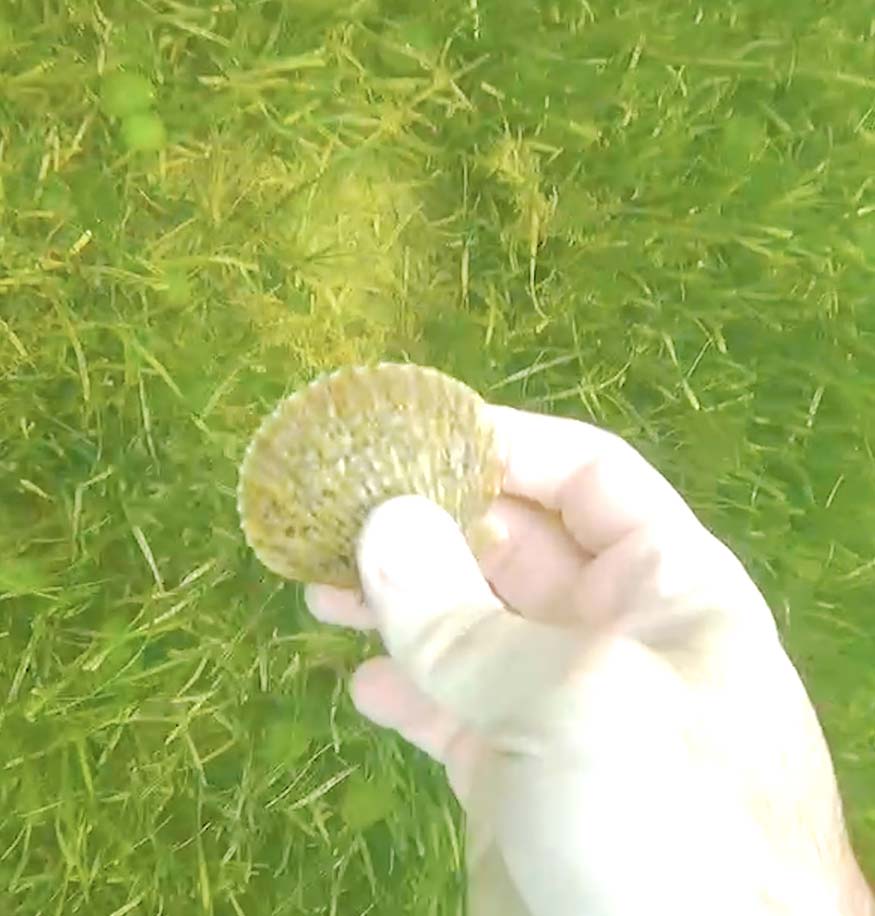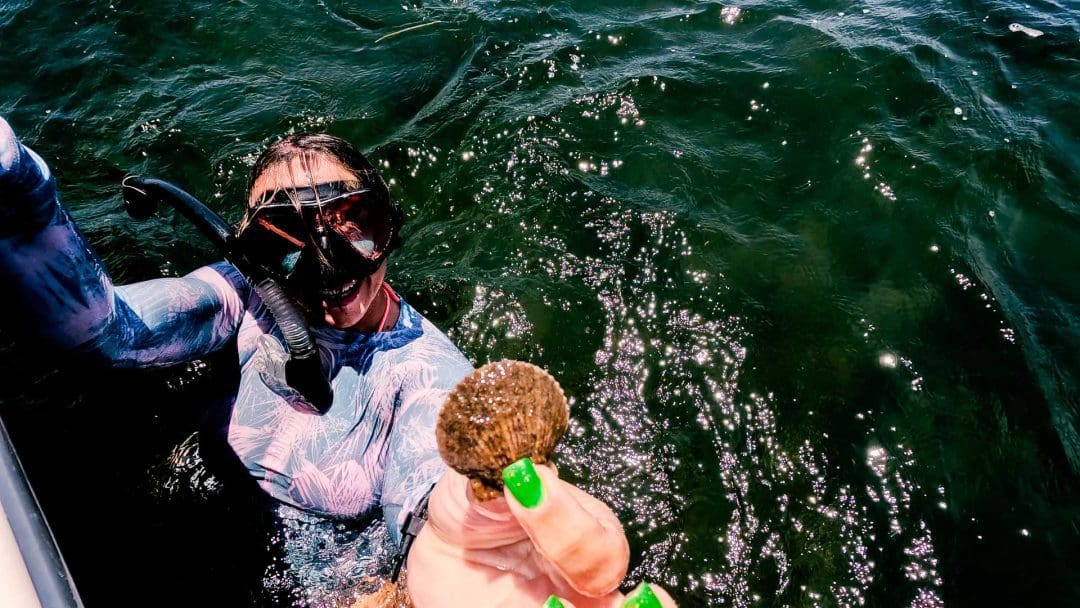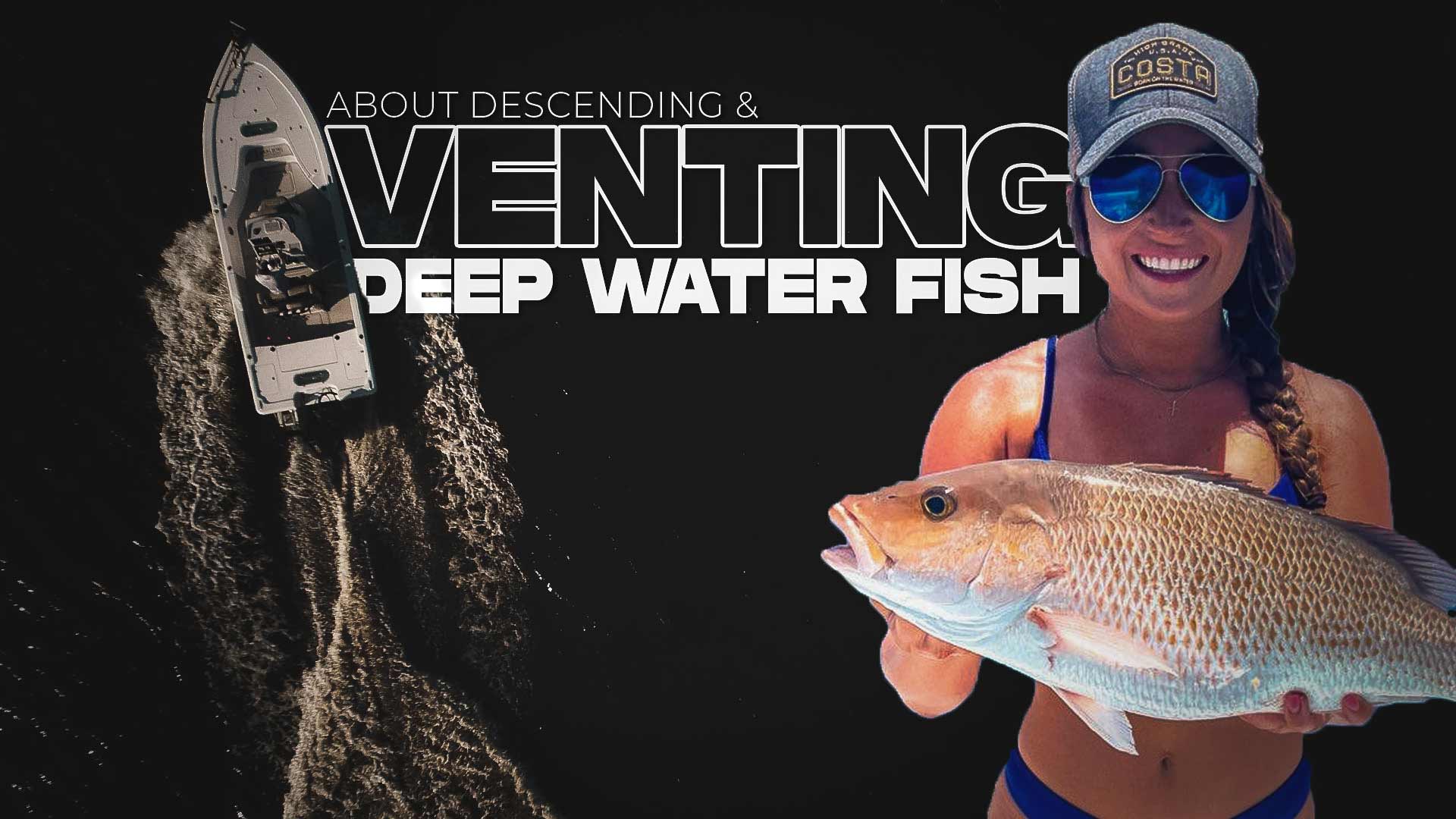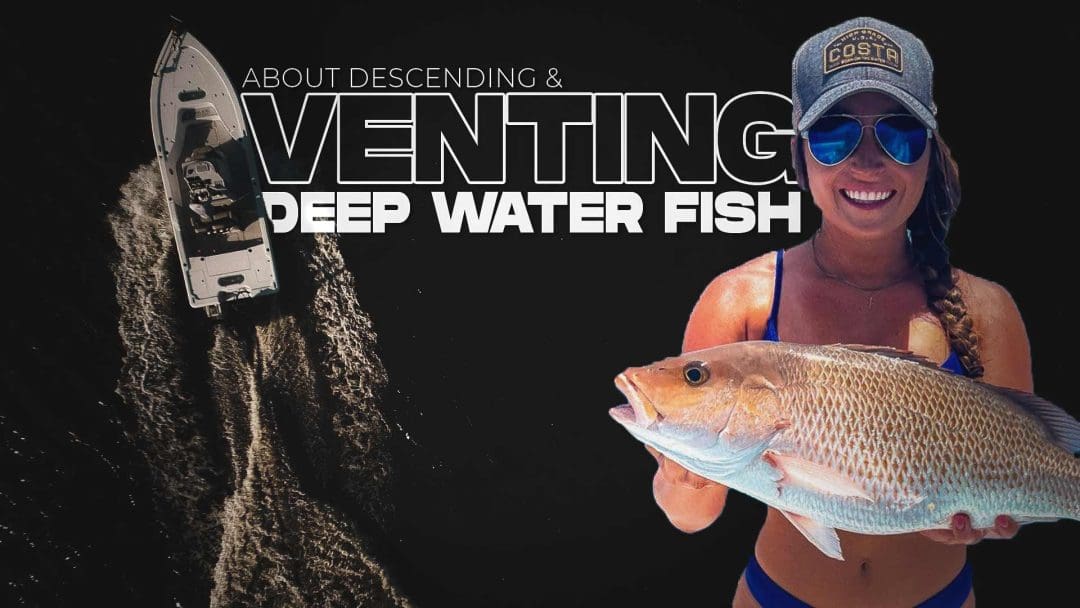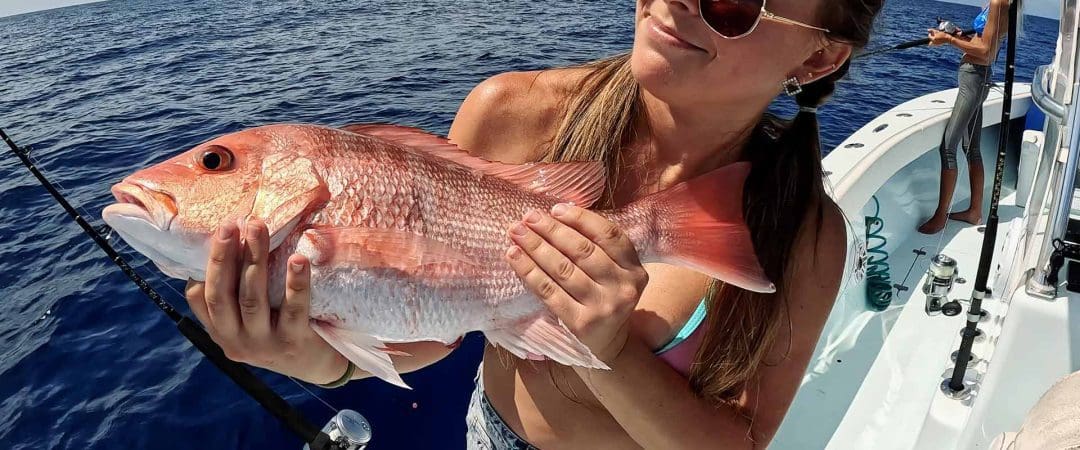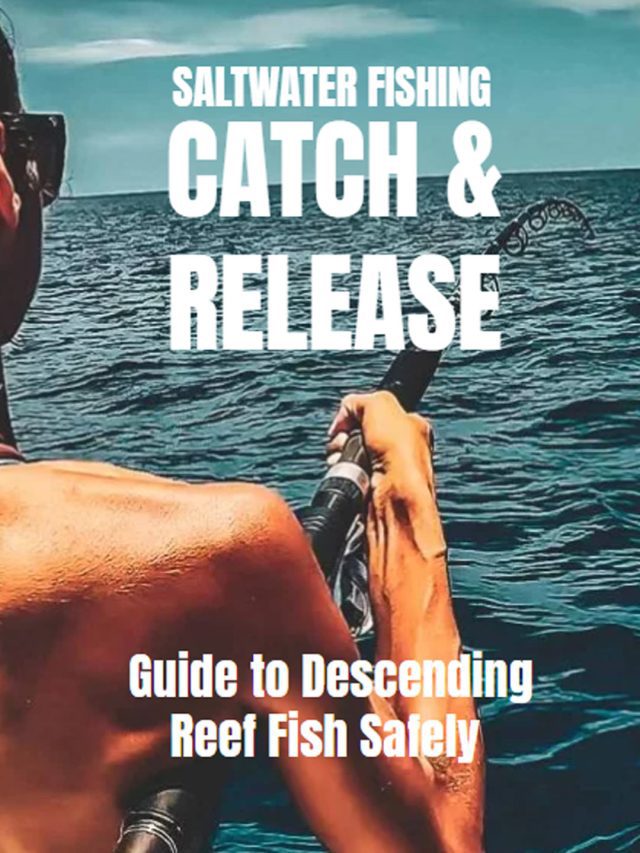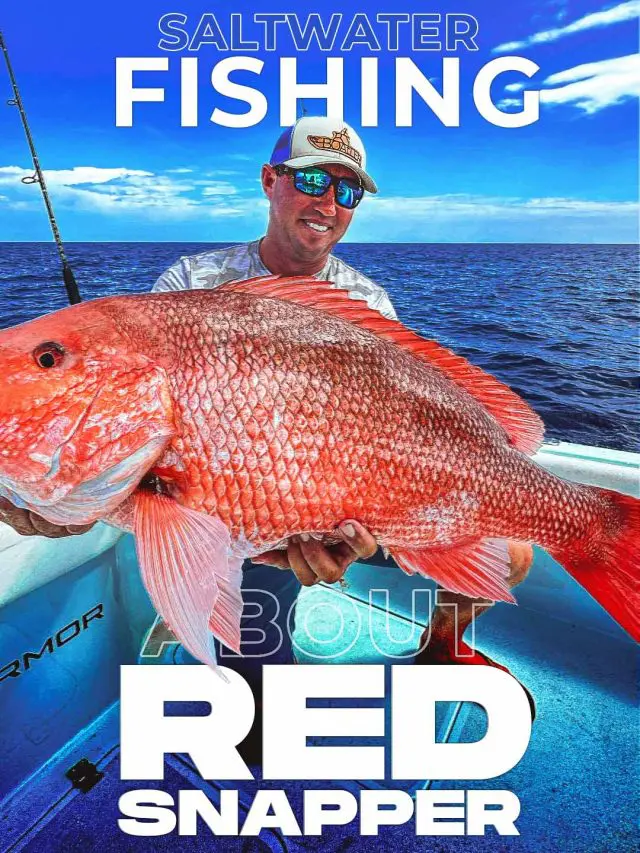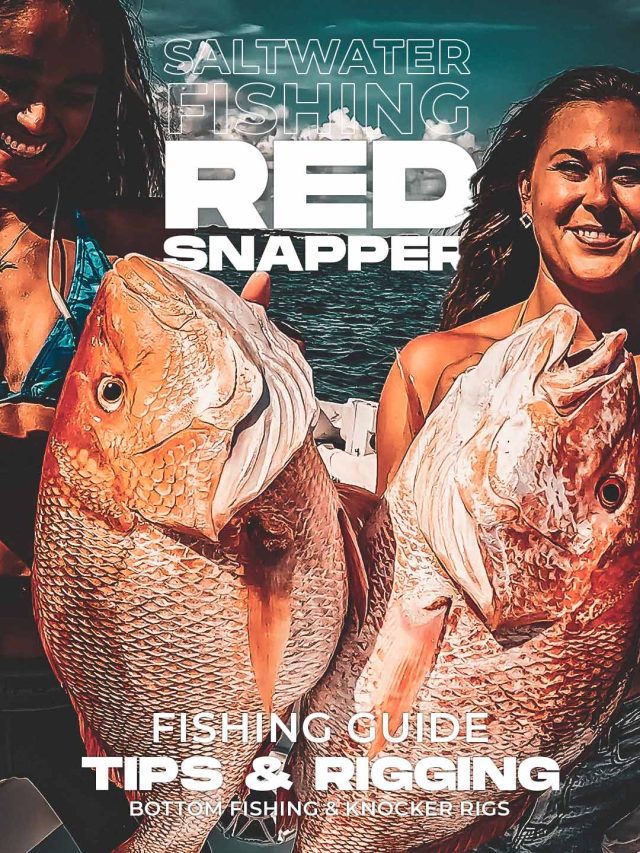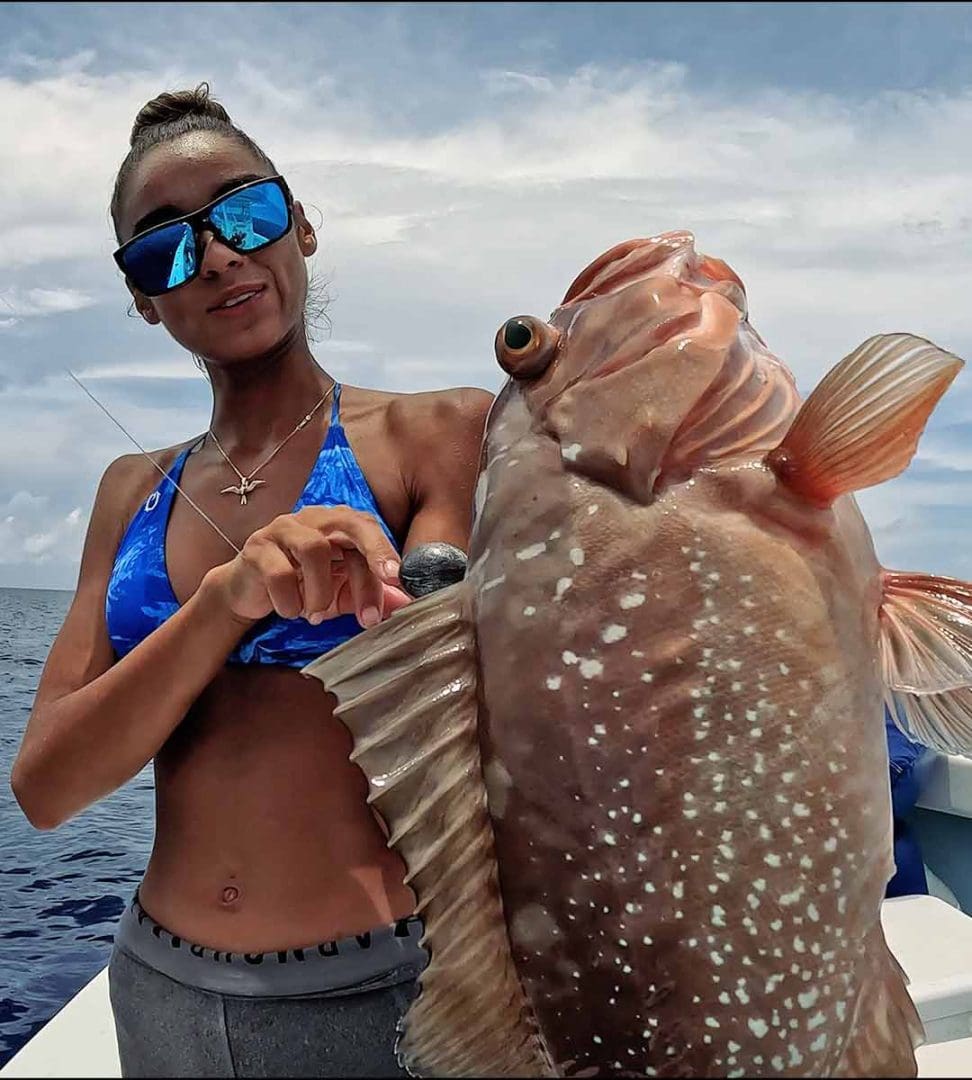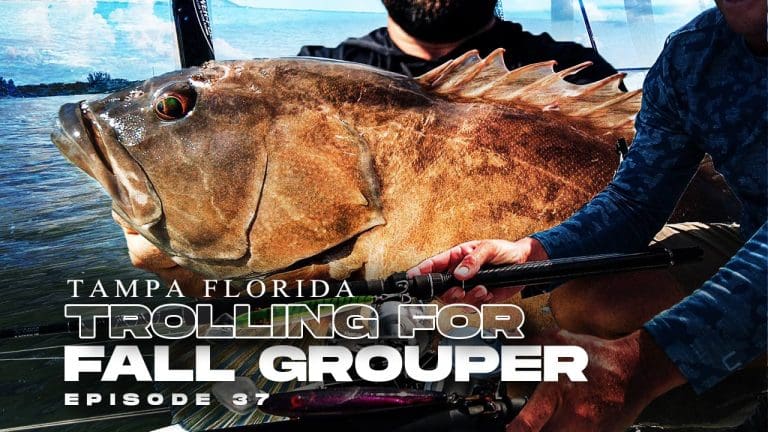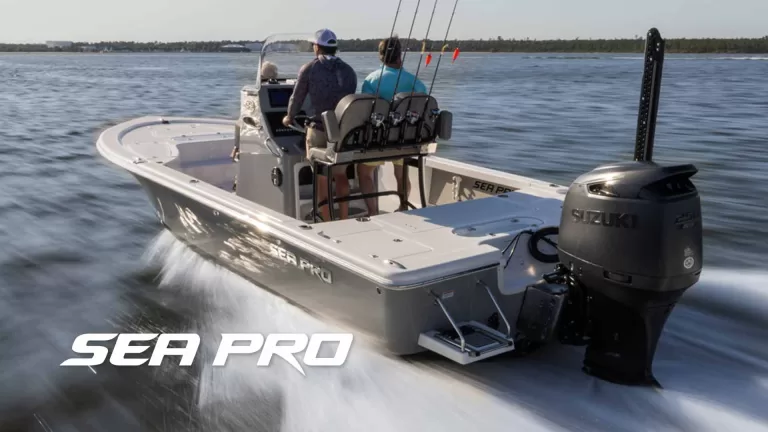Saltwater Fishing Locations Along the Gulf Coast
Discover the best saltwater fishing spots on the Gulf Coast with Landed Fishing. From thriving estuaries to abundant offshore grounds, our expert-curated list showcases well-known locations for saltwater anglers.
The Gulf of Mexico offers unparalleled opportunities for anglers of all skill levels to embark on memorable fishing adventures.
Along the Gulf Coast, from Texas to Florida, a wide range of fishing experiences awaits. Inshore fishing enthusiasts can target popular species such as redfish, speckled trout, flounder, and sheepshead. These coastal waters are teeming with life, providing thrilling encounters with these sought-after gamefish.
Plan your next fishing adventure and reel in redfish, snapper, trout, and more in these prime Gulf Coast destinations.
Port Fourchon, Louisiana:
Situated in the heart of Louisiana’s fishing grounds, Port Fourchon is known for its excellent offshore fishing opportunities.
Anglers can target species like red snapper, tuna, amberjack, grouper, and mahi-mahi. Inshore fishing in nearby marshes and estuaries yields catches of redfish, speckled trout, and flounder. Scalloping is not prevalent in this area.
Tampa, Florida:
Tampa offers a diverse range of fishing opportunities along its extensive coastline. Anglers can target species like snook, redfish, speckled trout, tarpon, and grouper in the bay, estuaries, and nearshore waters.
Offshore fishing charters provide chances to reel in snapper, grouper, kingfish, and even sailfish. While not known for scalloping, Tampa offers a vibrant fishing community and beautiful waterfront scenery.
Crystal River, Florida:
Crystal River is renowned for its pristine waters and abundance of marine life. Anglers can pursue species like redfish, speckled trout, flounder, and black drum in the inshore waters.
Crystal River is especially famous for its incredible scalloping opportunities during the season. Visitors can enjoy snorkeling and swimming with manatees, making it a unique and memorable fishing destination.
Whether you’re casting from a boat, kayak, or wading in the shallows, inshore fishing along the Gulf Coast guarantees excitement and the chance to reel in trophy-worthy catches.
Homosassa, Florida:
Homosassa is a picturesque fishing village offering excellent angling opportunities. Inshore fishing provides chances to catch redfish, speckled trout, flounder, and sheepshead.
The nearby Homosassa River and Homosassa Bay are known for their thriving scallop populations during the season. Offshore fishing charters offer encounters with species like snapper, grouper, king mackerel, and cobia.
Stuart, Florida:
Stuart, known as the “Sailfish Capital of the World,” attracts anglers seeking thrilling offshore adventures. Off the coast of Stuart, anglers can target sailfish, marlin, mahi-mahi, tuna, and wahoo.
Inshore fishing in the St. Lucie River and Indian River Lagoon yields catches of snook, redfish, speckled trout, and tarpon. While not known for scalloping, Stuart offers world-class sportfishing opportunities.
Steinhatchee, Florida:
Steinhatchee is a quaint fishing village located on Florida’s Big Bend. Anglers flock here for inshore fishing experiences, targeting redfish, speckled trout, flounder, and black drum.
Steinhatchee is also known for its scalloping season, offering visitors the chance to harvest bay scallops. Offshore fishing charters provide opportunities to reel in snapper, grouper, kingfish, and cobia.
Galveston, Texas:
Situated on the Gulf of Mexico, Galveston offers excellent fishing opportunities for redfish, speckled trout, flounder, and sheepshead.
The nearby bay system and jetties attract a variety of saltwater species. Additionally, the Galveston Bay Complex is renowned for its abundant scallop populations during scalloping season.
Destin, Florida:
Known as the “World’s Luckiest Fishing Village,” Destin boasts a thriving sportfishing scene.
Anglers flock here for opportunities to catch red snapper, grouper, amberjack, king mackerel, and many other offshore and inshore species. Scalloping enthusiasts can enjoy scalloping in the nearby St. Joseph Bay.
Venice, Louisiana:
Located at the mouth of the Mississippi River, Venice is renowned for its offshore fishing.
Anglers can target marlin, tuna, wahoo, mahi-mahi, and various species of snapper and grouper. Inshore fishing opportunities include redfish, speckled trout, and flounder. Scalloping is not as prevalent in this area.
The Gulf Coast also offers the chance to engage in unique and exciting fishing experiences such as trolling for pelagic species like king mackerel, wahoo, and even billfish.
From the sparkling blue waters to the offshore canyons, the Gulf of Mexico hosts a diverse ecosystem that supports a wide range of fish species.
Port Aransas, Texas:
Nestled on Mustang Island, Port Aransas offers great fishing experiences for anglers.
The bays and jetties are productive for redfish, speckled trout, black drum, and flounder. Offshore fishing enthusiasts can target species such as kingfish, red snapper, and ling (cobia). While not known for scalloping, the area has beautiful sandy beaches to explore.
Gulf Shores, Alabama:
Gulf Shores is known for its beautiful beaches and excellent fishing.
Anglers can target species like redfish, speckled trout, flounder, pompano, and sheepshead in the bays and inshore waters. Offshore fishing charters offer opportunities to catch species such as snapper, grouper, amberjack, and king mackerel. Scalloping is not prevalent in this area.
Key West, Florida:
Located at the southernmost point of the United States, Key West is a haven for saltwater fishing enthusiasts.
Anglers can target a wide range of species, including tarpon, bonefish, permit, snapper, grouper, and various types of snook. While scalloping is not available, the area offers plenty of other water activities and vibrant marine life.
Panama City Beach, Florida:
Panama City Beach is known for its emerald-green waters and abundant fishing opportunities. Anglers can reel in redfish, speckled trout, flounder, sheepshead, and tripletail in the bay and nearshore areas.
Offshore fishing charters offer the chance to catch species like snapper, grouper, amberjack, and king mackerel. Scalloping can be enjoyed in nearby St. Joseph Bay.
Grand Isle, Louisiana:
Situated along the Louisiana coast, Grand Isle is a favorite fishing spot. Anglers can target redfish, speckled trout, flounder, and sheepshead in the bayous, bays, and along the beach.
Offshore fishing provides opportunities to catch species such as snapper, grouper, tuna, and amberjack. While scalloping is not prevalent, the area is known for its sandy beaches and natural beauty.
Corpus Christi, Texas:
Corpus Christi offers diverse fishing opportunities along its bays, flats, and jetties. Anglers can pursue redfish, speckled trout, flounder, black drum, and sheepshead in the inshore waters.
Offshore fishing charters offer chances to catch species like snapper, grouper, kingfish, and ling (cobia). Scalloping is not common in this area.
Pensacola, Florida:
Pensacola offers a diverse range of fishing options, from inshore to offshore. Anglers can catch redfish, speckled trout, flounder, sheepshead, and Spanish mackerel in the bayous and nearshore waters.
Offshore fishing charters provide opportunities to reel in snapper, grouper, amberjack, king mackerel, and billfish. Scalloping is not a common activity in this area.
South Padre Island, Texas:
Known for its beautiful beaches and fishing opportunities, South Padre Island is a hotspot for anglers. Inshore fishing yields catches of redfish, speckled trout, flounder, and black drum.
Offshore, anglers can target species such as snapper, grouper, kingfish, and mahi-mahi. While scalloping is not prevalent here, visitors can enjoy other water-based activities and wildlife encounters.
Dauphin Island, Alabama:
Dauphin Island offers fantastic fishing experiences for anglers. Inshore fishing provides opportunities to catch redfish, speckled trout, flounder, and sheepshead.
Nearshore waters are abundant with species like Spanish mackerel, king mackerel, and cobia. Offshore fishing charters offer chances to reel in snapper, grouper, amberjack, and mahi-mahi. Scalloping is not a common activity in this area.
Rockport, Texas:
Situated along the Texas coast, Rockport is known for its productive fishing grounds. Inshore fishing enthusiasts can target redfish, speckled trout, flounder, and black drum.
The surrounding bays and estuaries are teeming with marine life.
Offshore fishing charters offer opportunities to catch species like snapper, grouper, kingfish, and ling (cobia). Scalloping is not prevalent in this area.
Mobile Bay, Alabama:
Mobile Bay is a vibrant fishing destination offering diverse opportunities. Inshore anglers can target species such as redfish, speckled trout, flounder, sheepshead, and tripletail.
Nearshore waters provide catches of Spanish mackerel, king mackerel, and cobia. Offshore fishing charters offer chances to reel in snapper, grouper, amberjack, and pelagic species. Scalloping is not common in this area.
Port O’Connor, Texas:
Port O’Connor is a hidden gem along the Texas coast, offering excellent fishing experiences. Anglers can pursue redfish, speckled trout, flounder, black drum, and sheepshead in the inshore waters.
Offshore fishing charters provide opportunities to catch species like snapper, grouper, kingfish, and ling (cobia). While scalloping is not prevalent, visitors can enjoy the beautiful beaches and recreational boating.
Venice Beach, Florida:
Located in Sarasota County, Venice Beach is a popular destination for fishing enthusiasts. Anglers can target a variety of inshore species like redfish, snook, speckled trout, and flounder.
The nearby Gulf waters offer opportunities to catch grouper, snapper, Spanish mackerel, and king mackerel. While not known for scalloping, Venice Beach provides a relaxed coastal setting.
Sabine Lake, Texas and Louisiana:
Sabine Lake is a unique estuary that straddles the border of Texas and Louisiana. Anglers can enjoy fishing for redfish, speckled trout, flounder, and sheepshead in the lake’s brackish waters.
Nearby, the Gulf waters provide offshore opportunities for species like snapper, grouper, kingfish, and ling (cobia). Scalloping is not prevalent in this area.
Calcasieu Lake, Louisiana:
Known as one of Louisiana’s top fishing spots, Calcasieu Lake offers excellent opportunities for anglers. The lake is famous for its trophy speckled trout and redfish. In addition, anglers can target flounder, sheepshead, black drum, and tripletail.
Offshore fishing charters can take you to catch species like snapper, grouper, and amberjack. Scalloping is not common in this area.
Biloxi, Mississippi:
Situated on the Mississippi Gulf Coast, Biloxi is a popular destination for saltwater fishing. The abundant waters provide opportunities for catching speckled trout, redfish, flounder, sheepshead, and tripletail.
Additionally, offshore fishing charters offer experiences to catch species like red snapper, grouper, and amberjack. Scalloping is not common in this region.
Whether you’re a seasoned angler or a beginner looking to try your hand at saltwater fishing, the Gulf Coast provides endless opportunities to cast a line and reel in the thrill of the catch.
Embark on an unforgettable saltwater fishing journey along the Gulf Coast. Landed Fishing presents a carefully selected list of renowned locations that will entice every angler’s heart.
Explore the thriving estuaries, bountiful bays, and offshore grounds where redfish, snapper, trout, and an array of other prized species await.
Whether you prefer the tranquility of inshore fishing or the adrenaline rush of battling offshore giants, the Gulf Coast delivers a remarkable blend of scenery, species diversity, and the thrill of the chase, making it a haven for saltwater fishing enthusiasts.
From inshore to offshore, the Gulf of Mexico and its surrounding coastal areas offer an abundance of fishing opportunities, promising an unforgettable experience for every angler.
We hope you enjoyed a few of these valuable insights, ensuring your fishing adventure is a resounding success. Plan your trip to these top Gulf Coast spots and cast your line into the rich waters that make these destinations a haven for saltwater fishing enthusiasts.
Explore More Landed Fishing
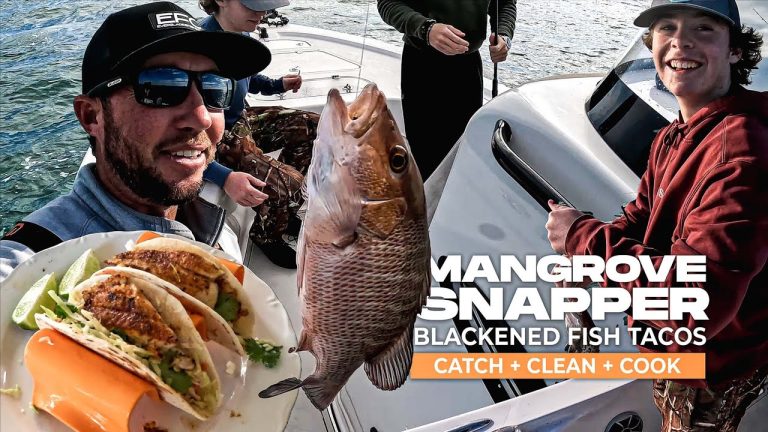
Mangrove Snapper Catch and Cook Blackened Fish Tacos Join us as we venture out of Sarasota Florida in search…
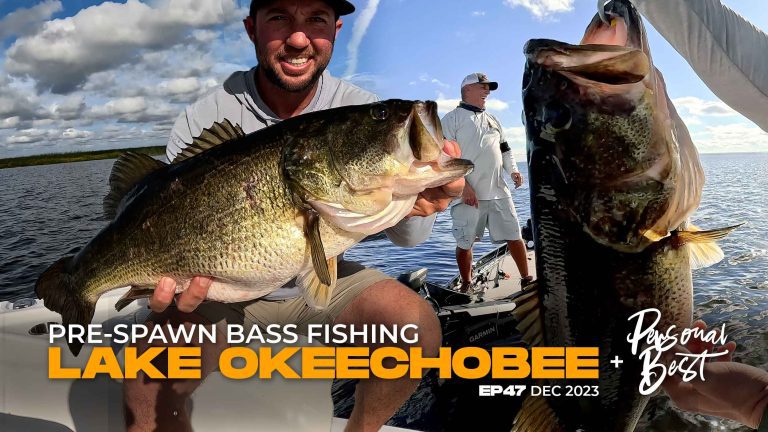
Lake Okeechobee Pre-Spawn Largemouth Bass Fishing Join us as we venture out to the big lake, Lake Okeechobee for…
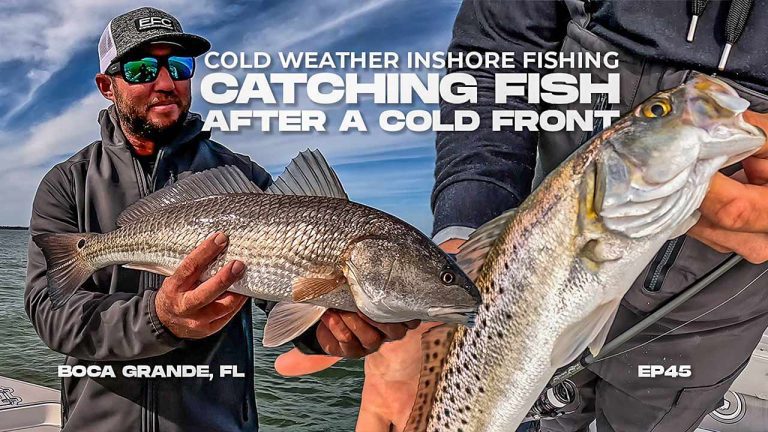
Cold Weather Fishing Boca Grande Catching Saltwater Fish After a Cold Front, inshore fishing Boca Grande Florida

